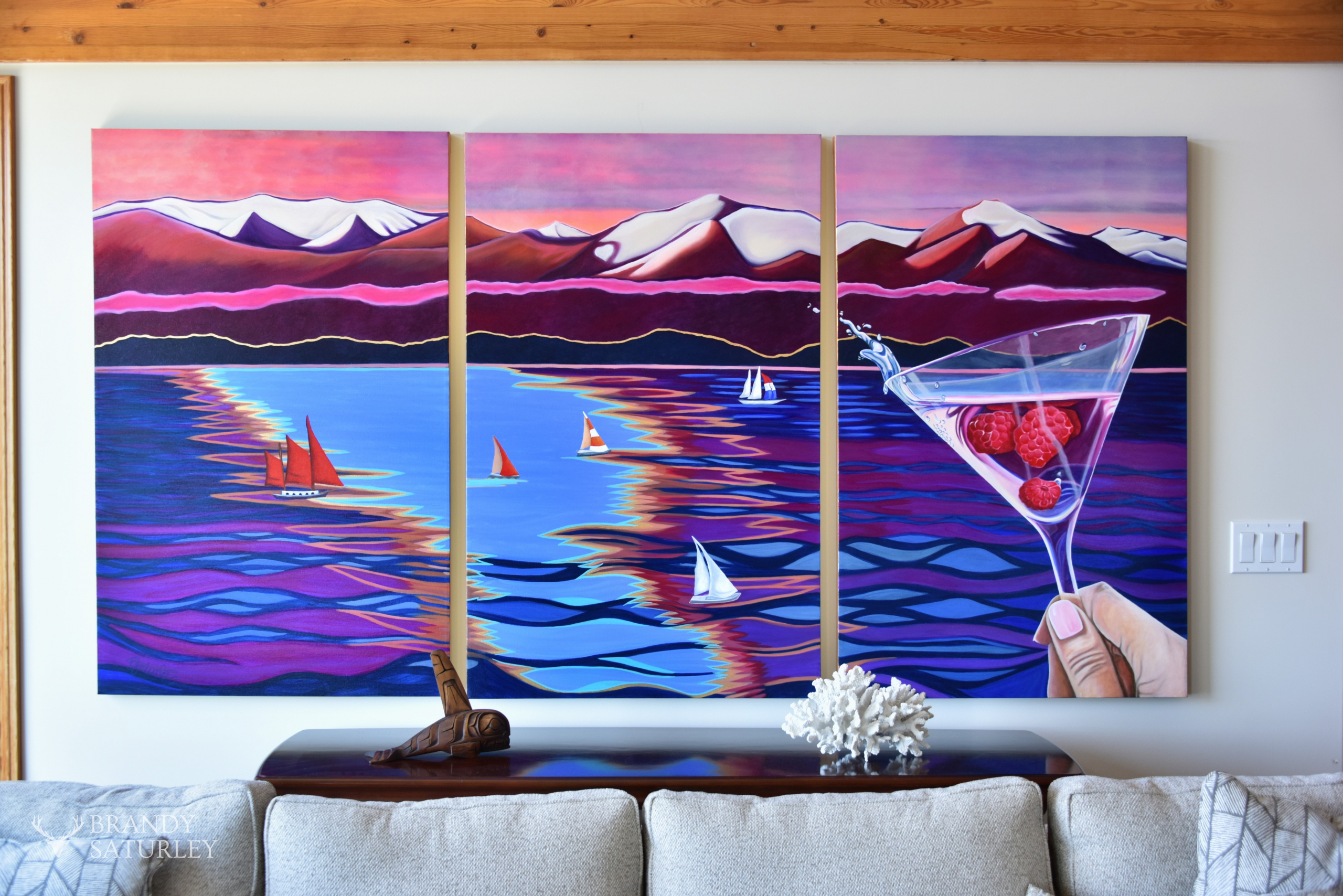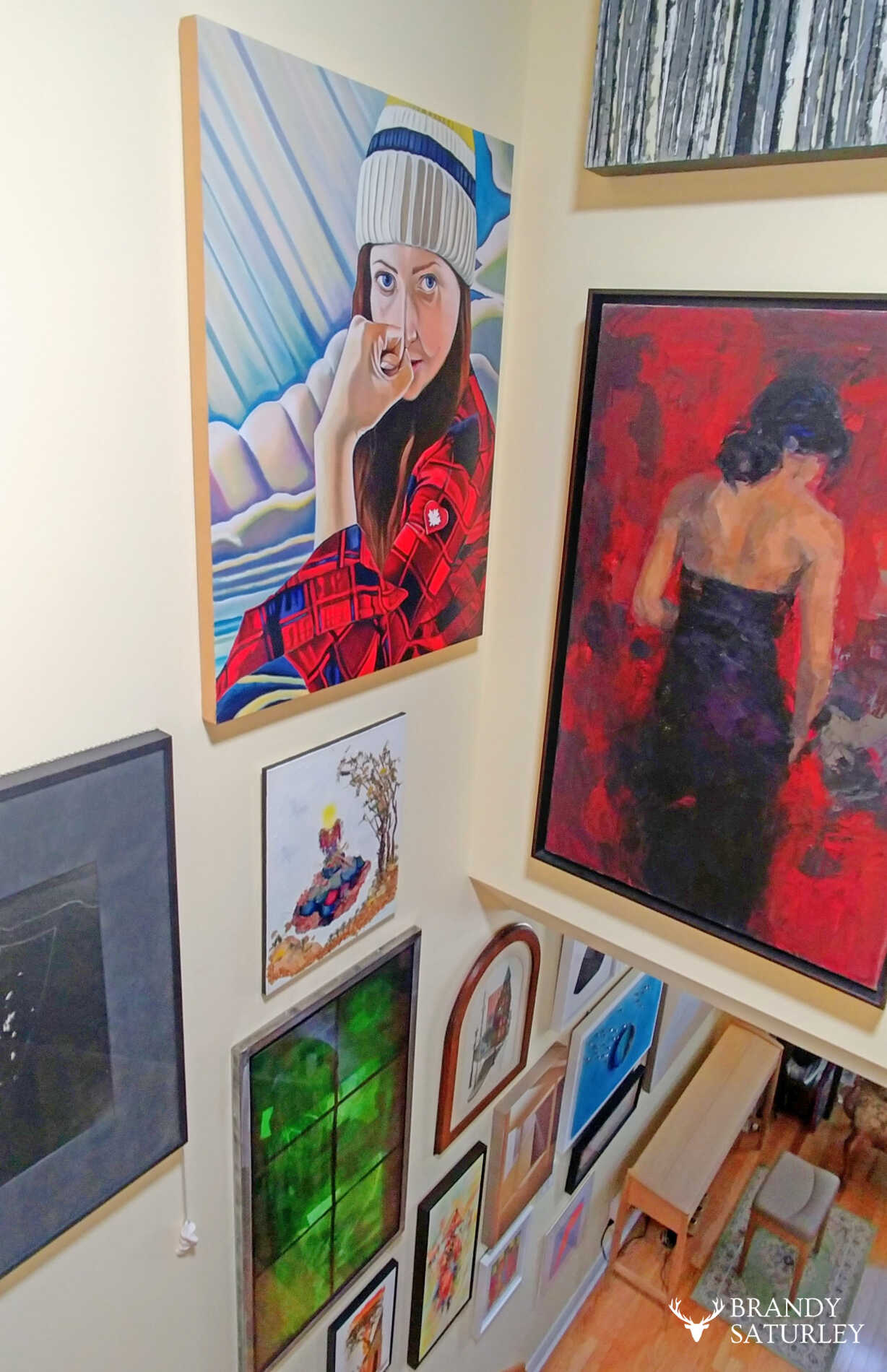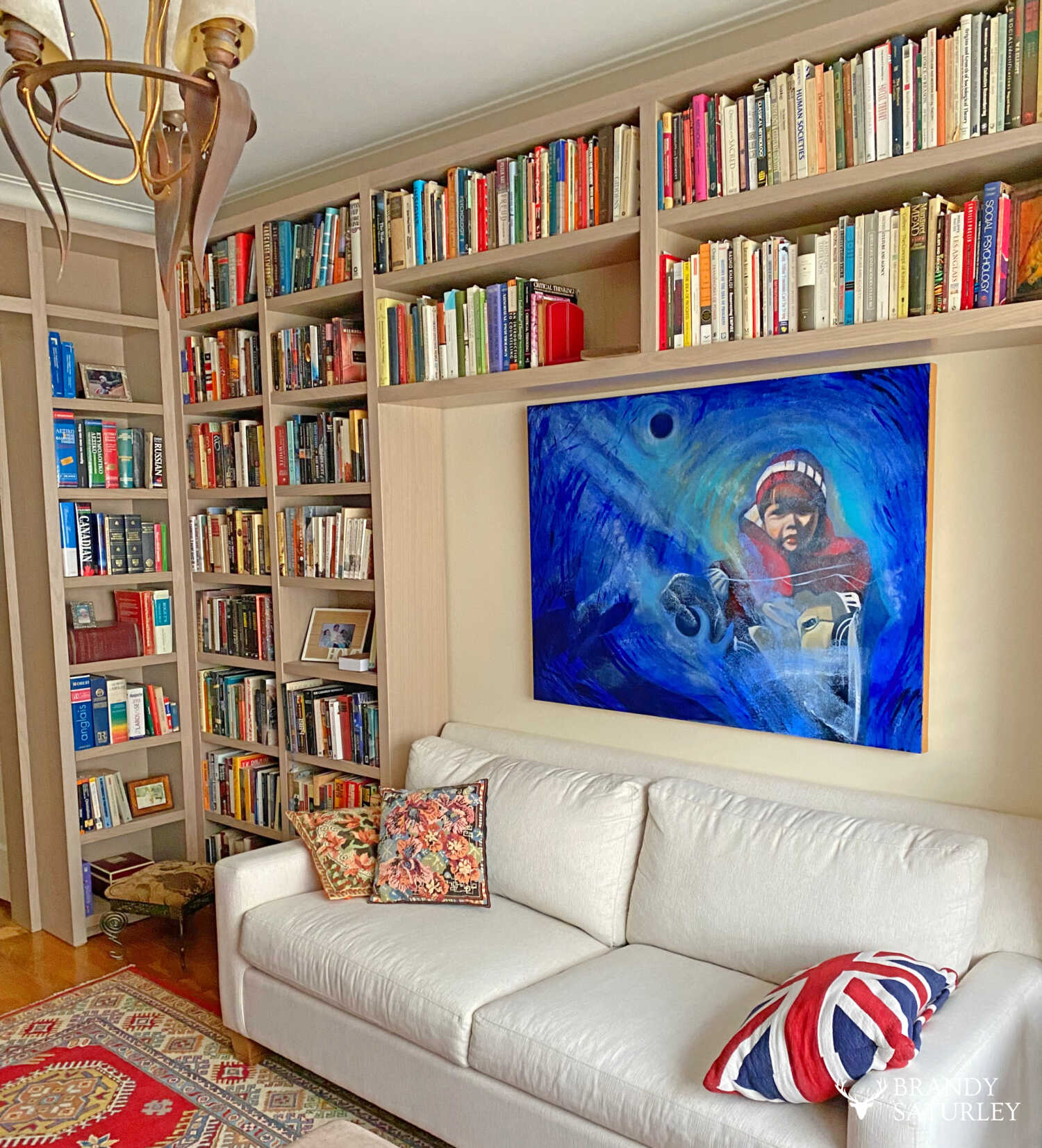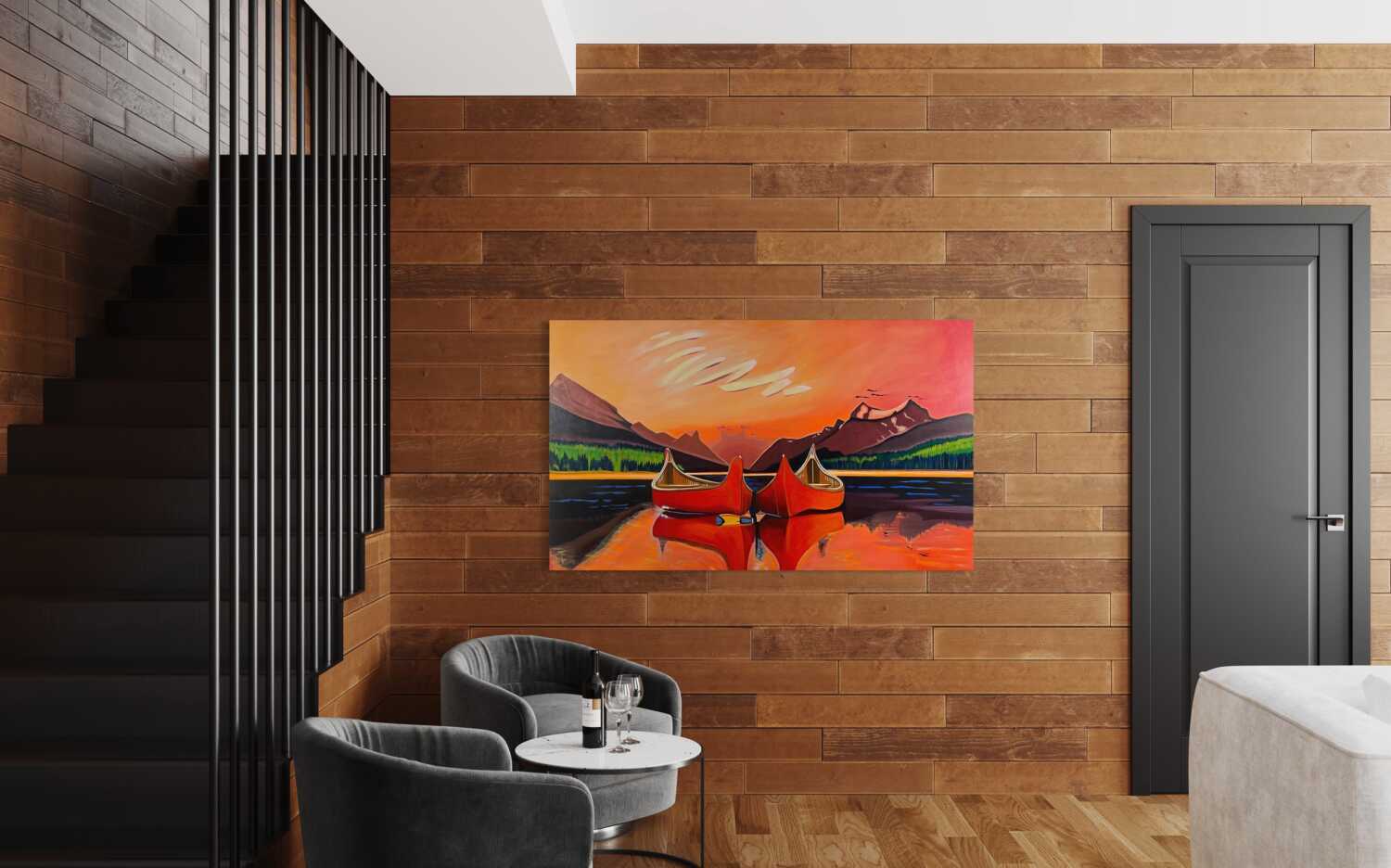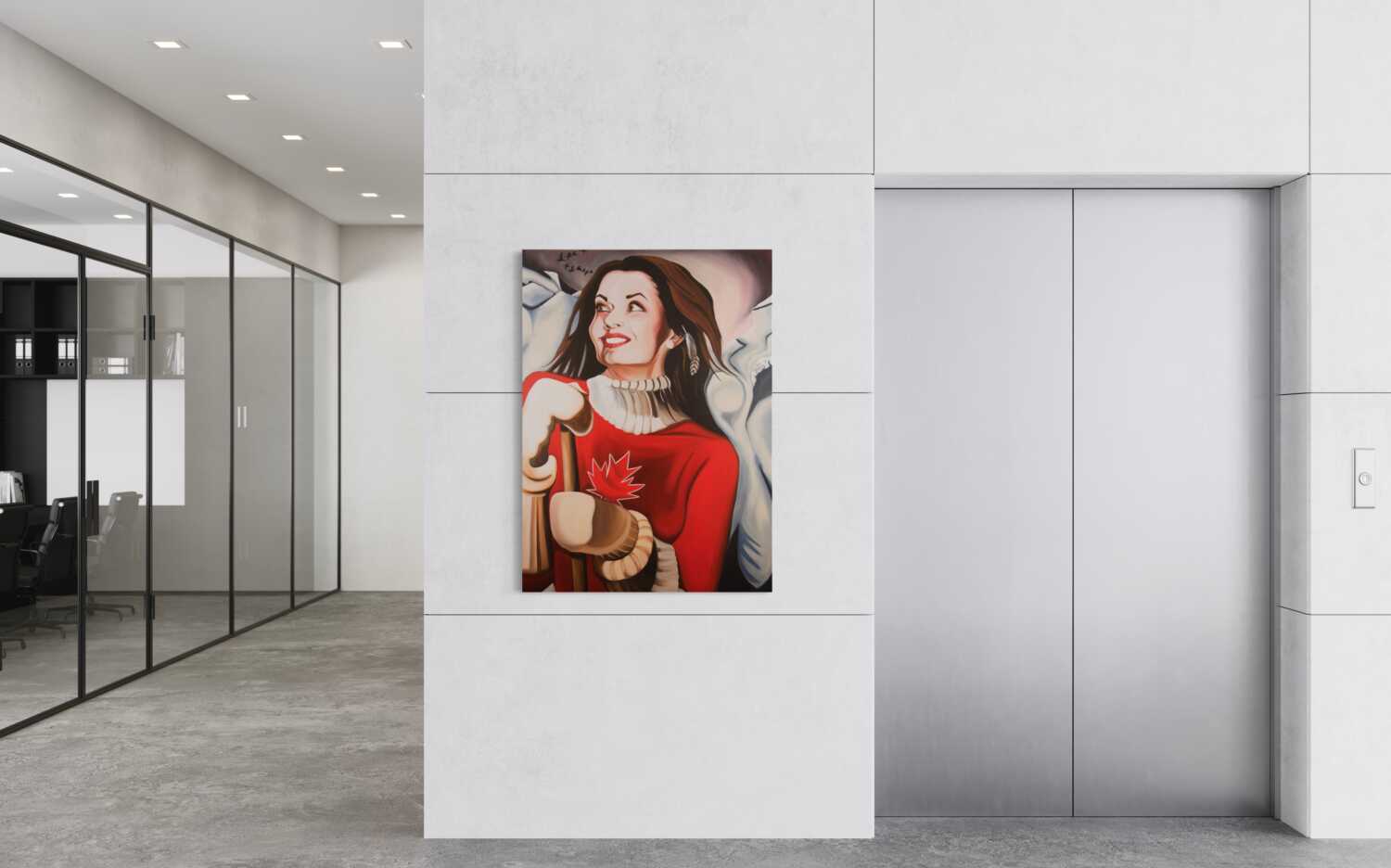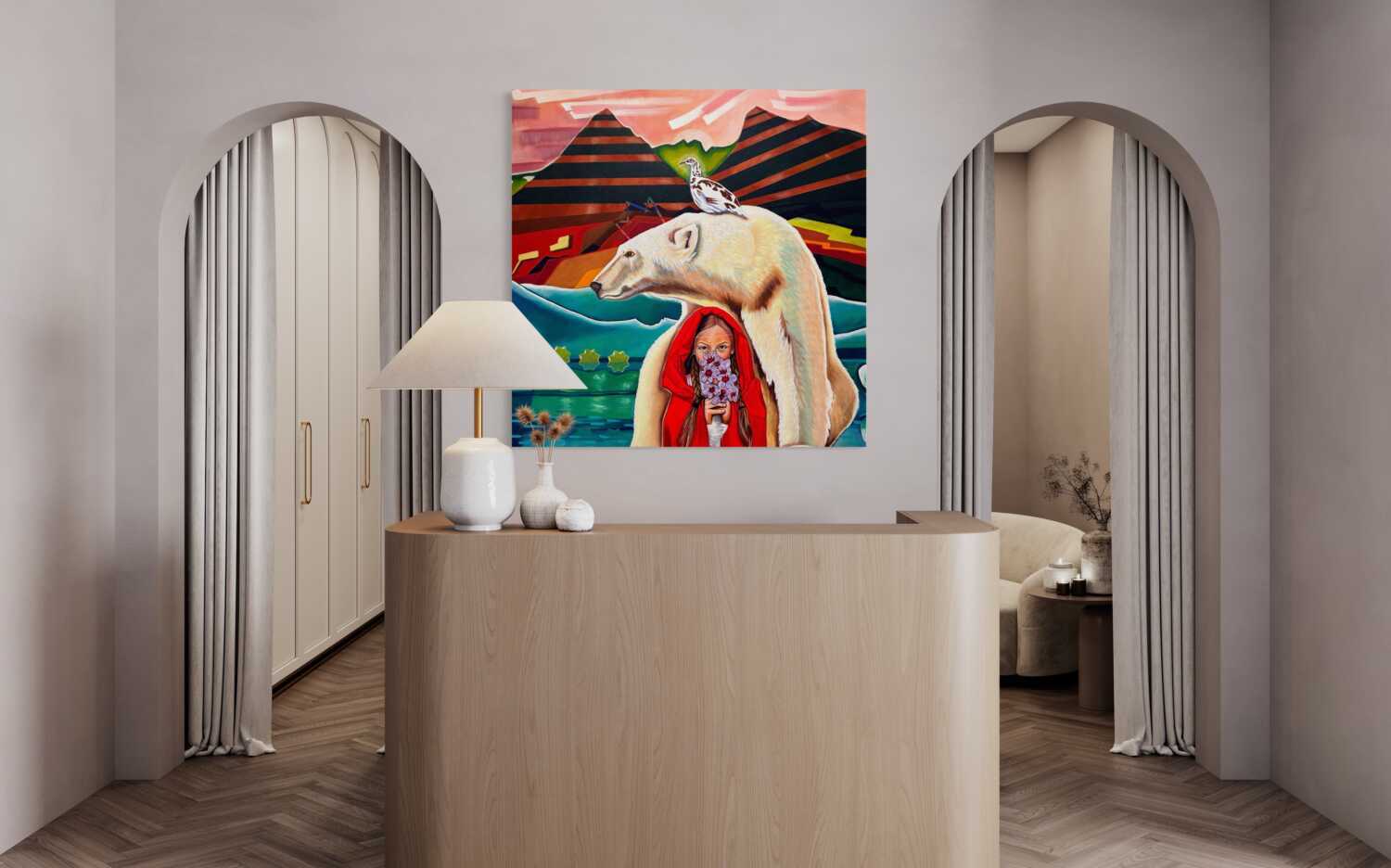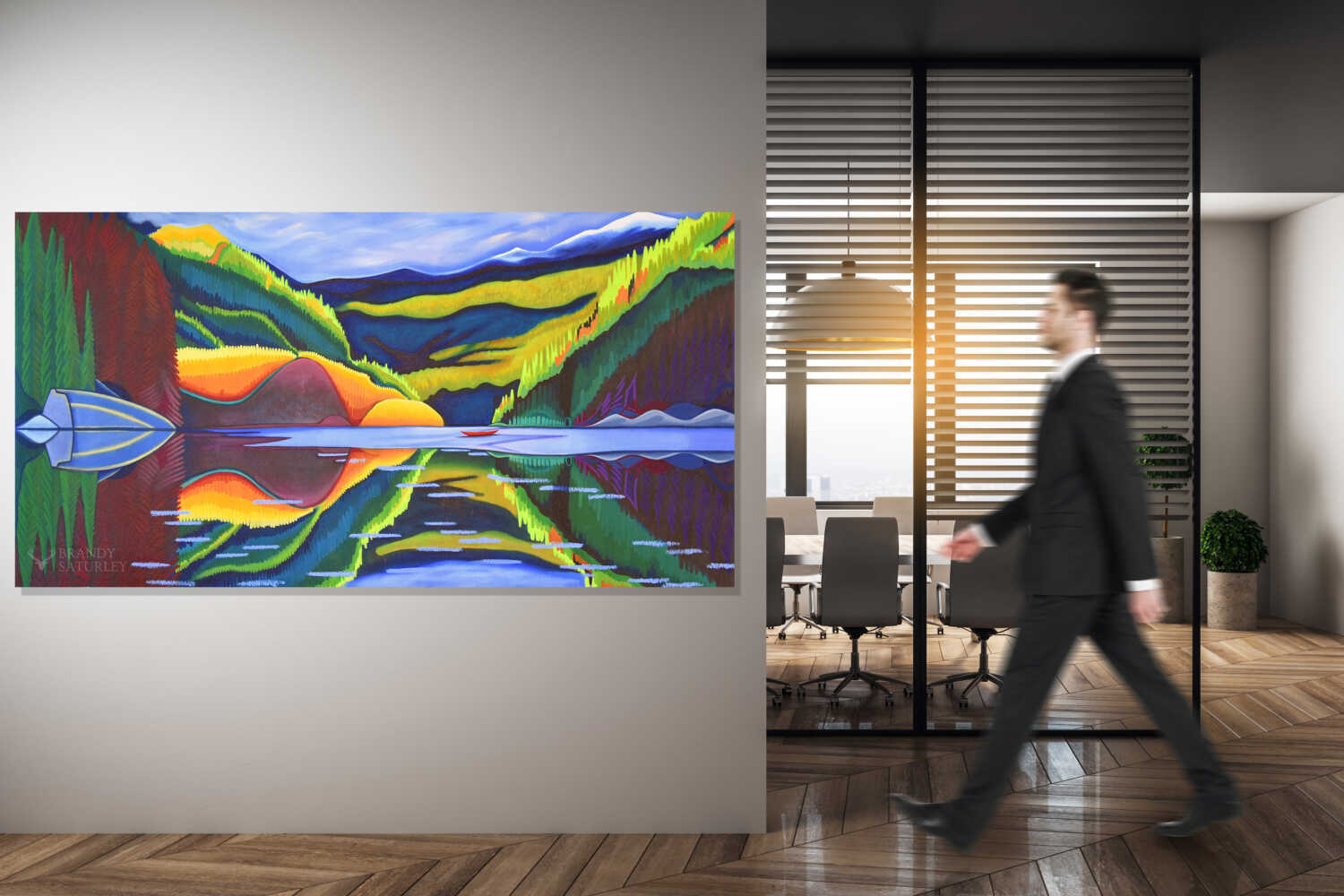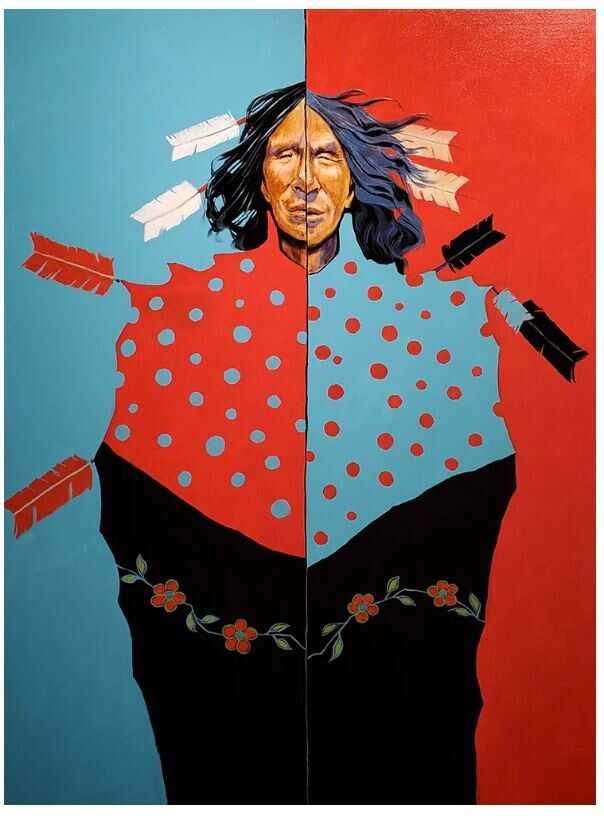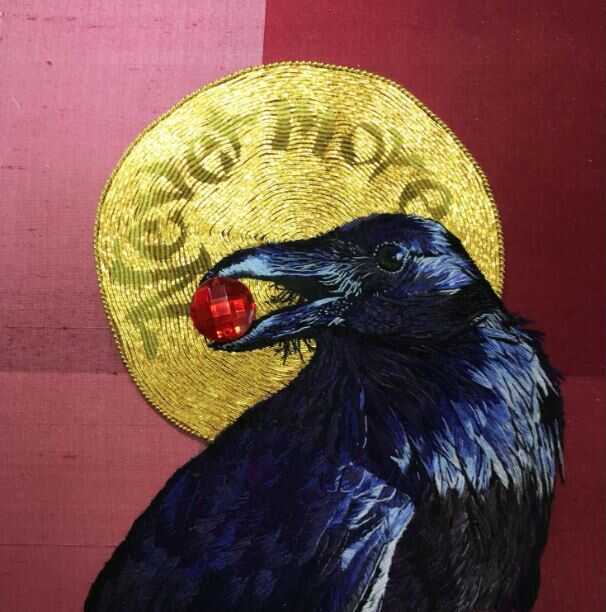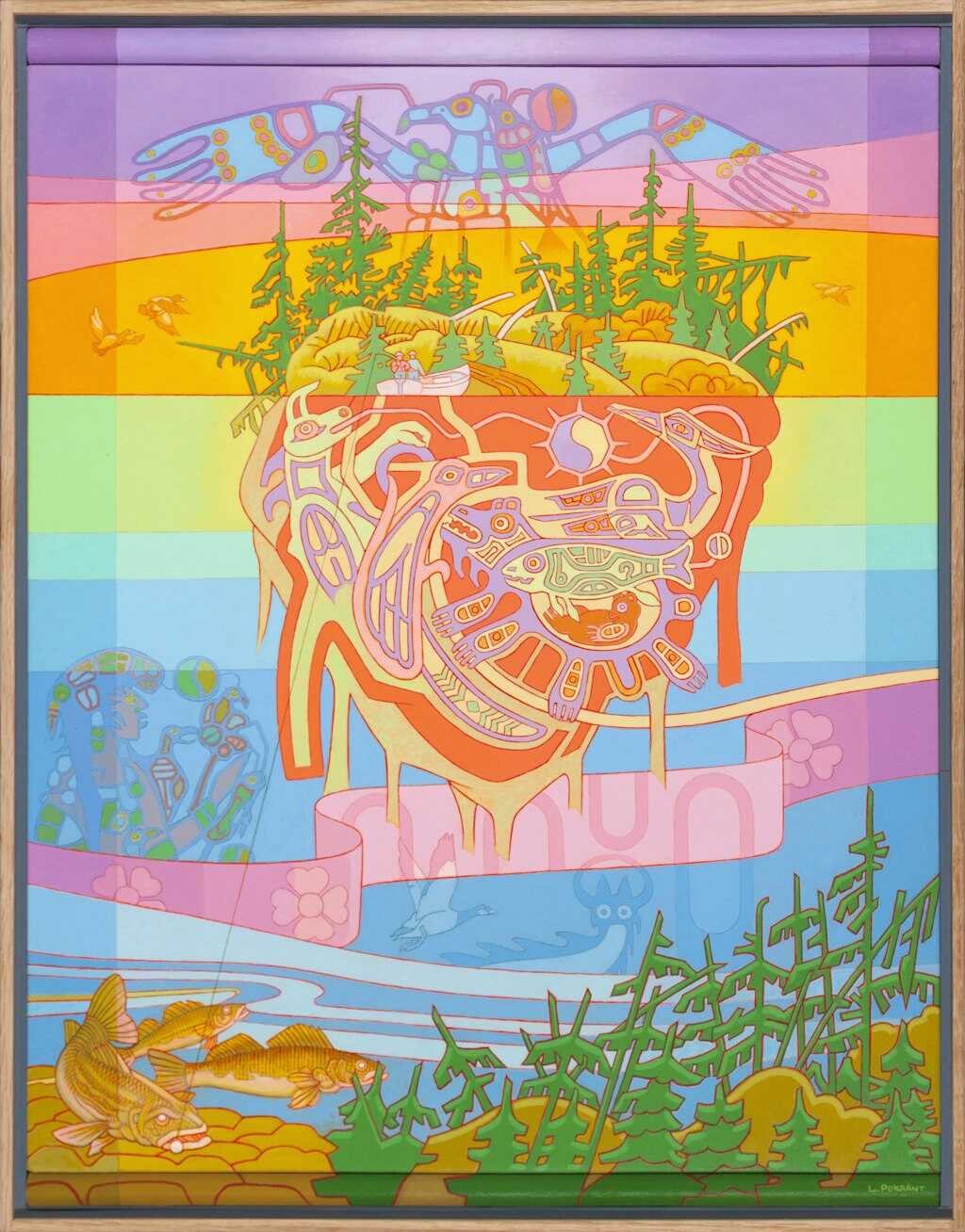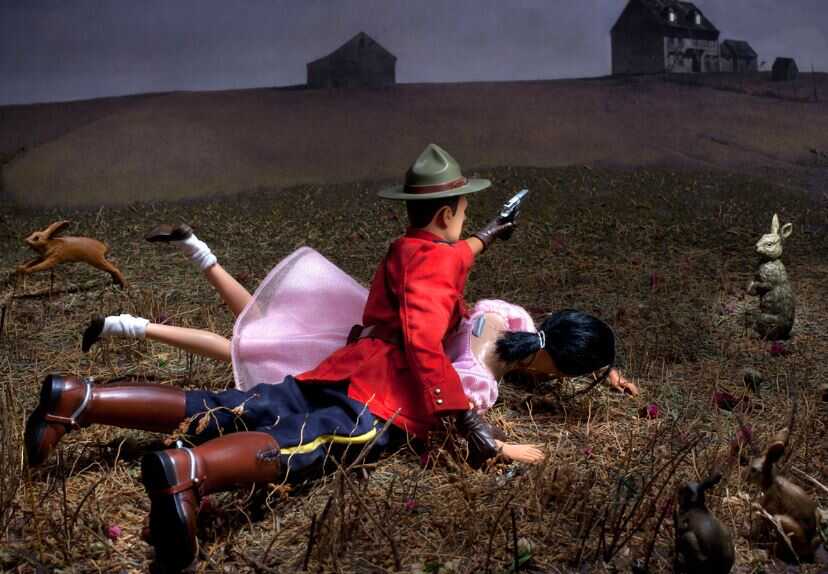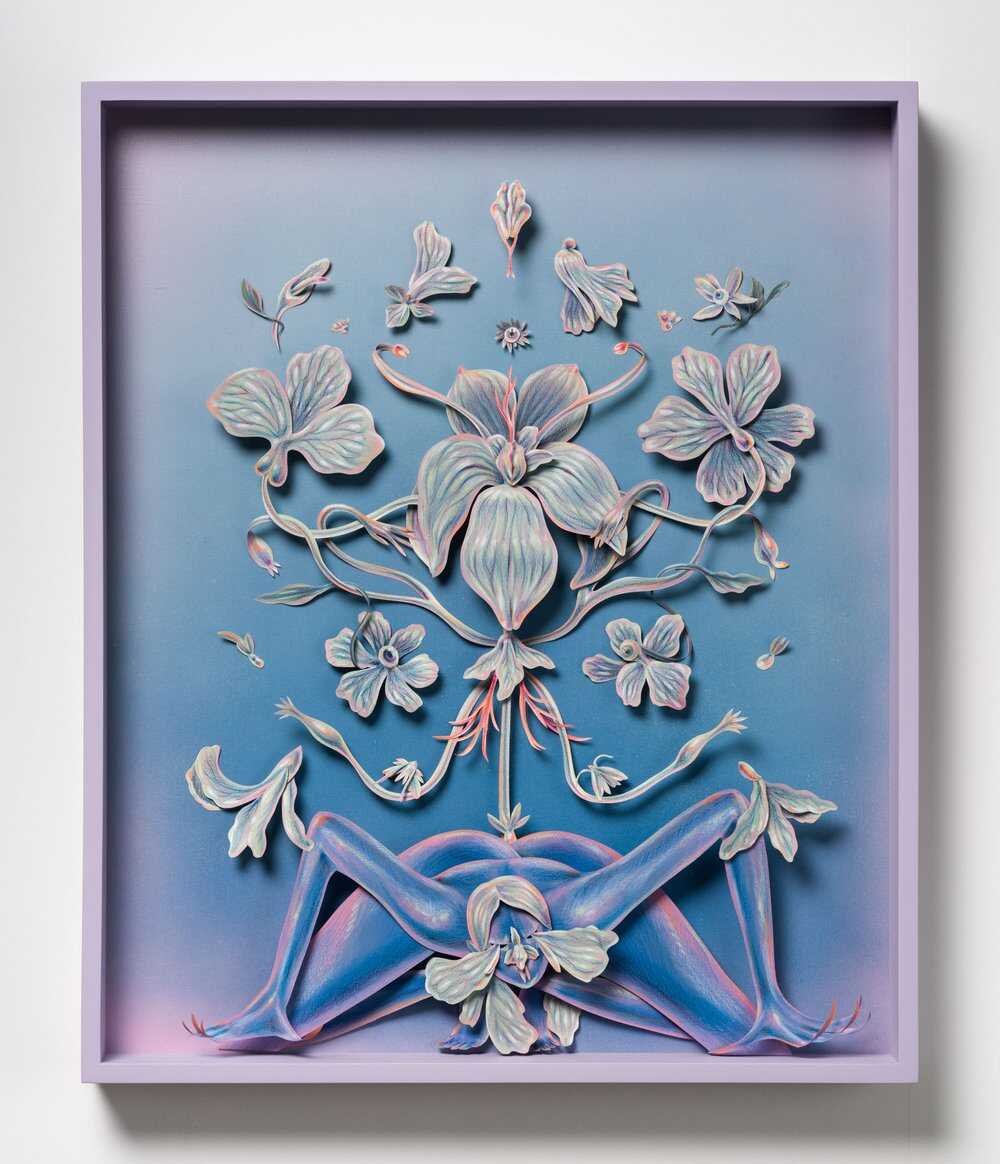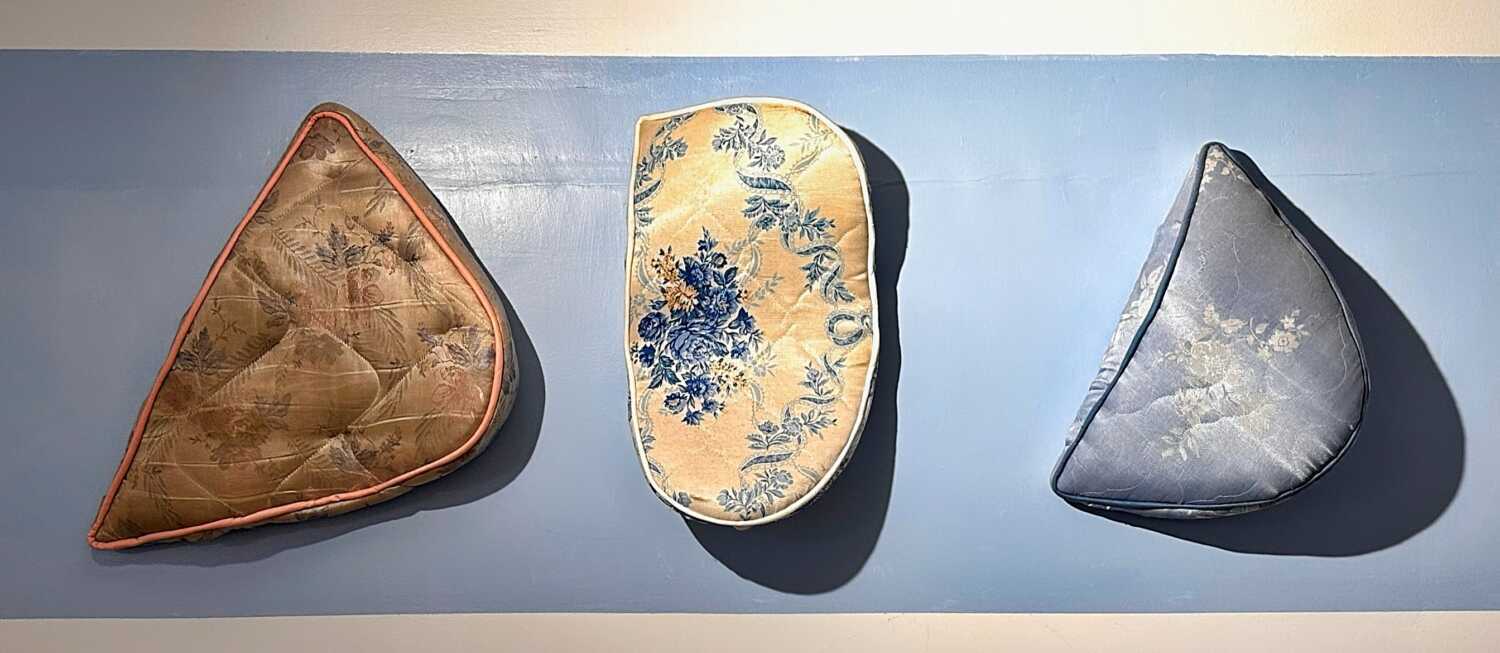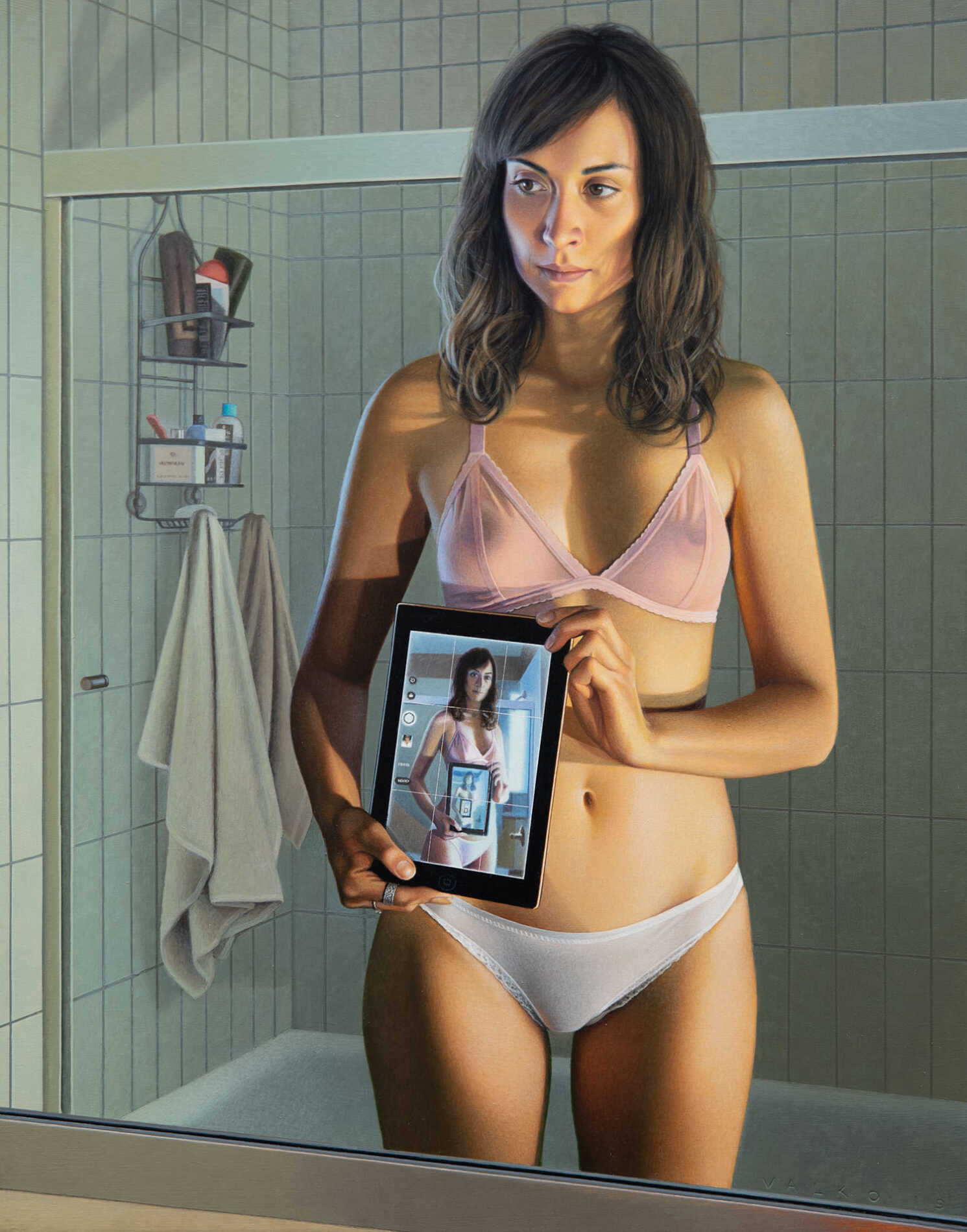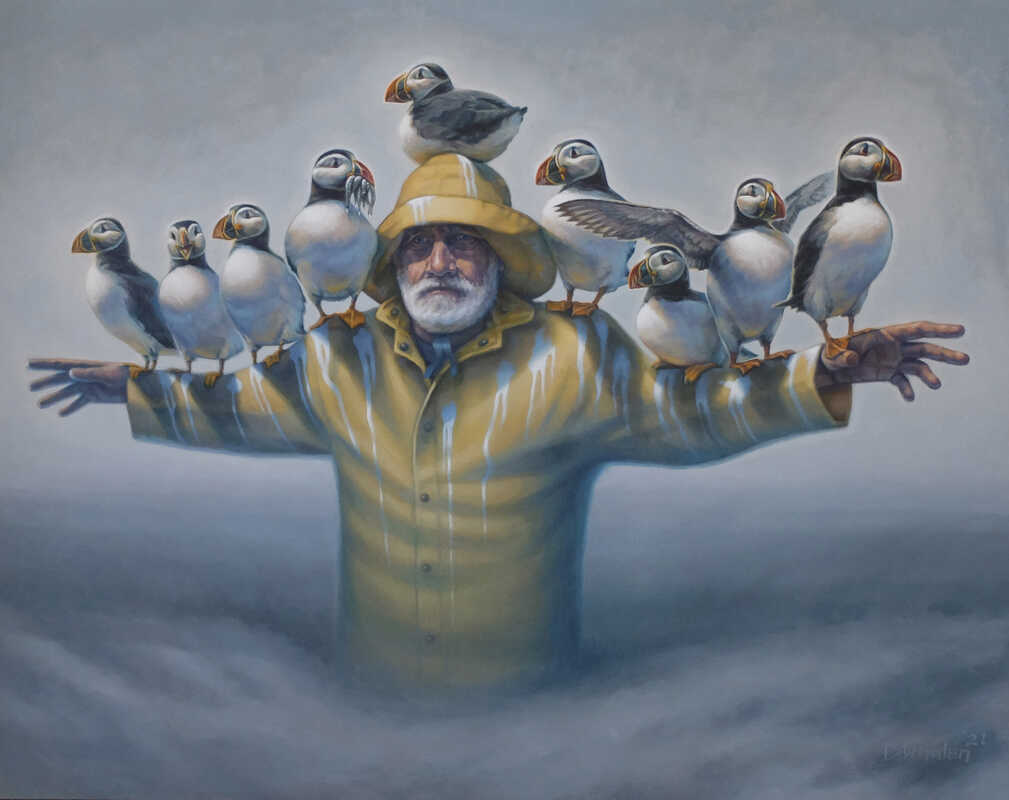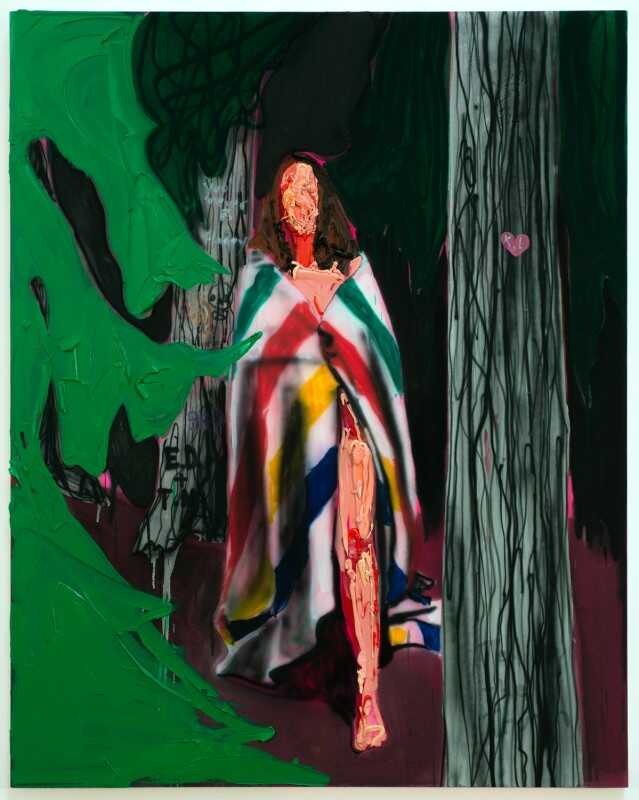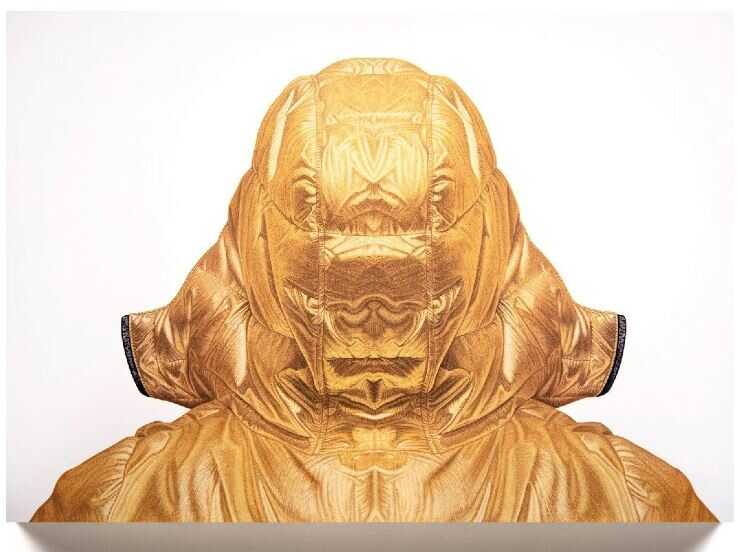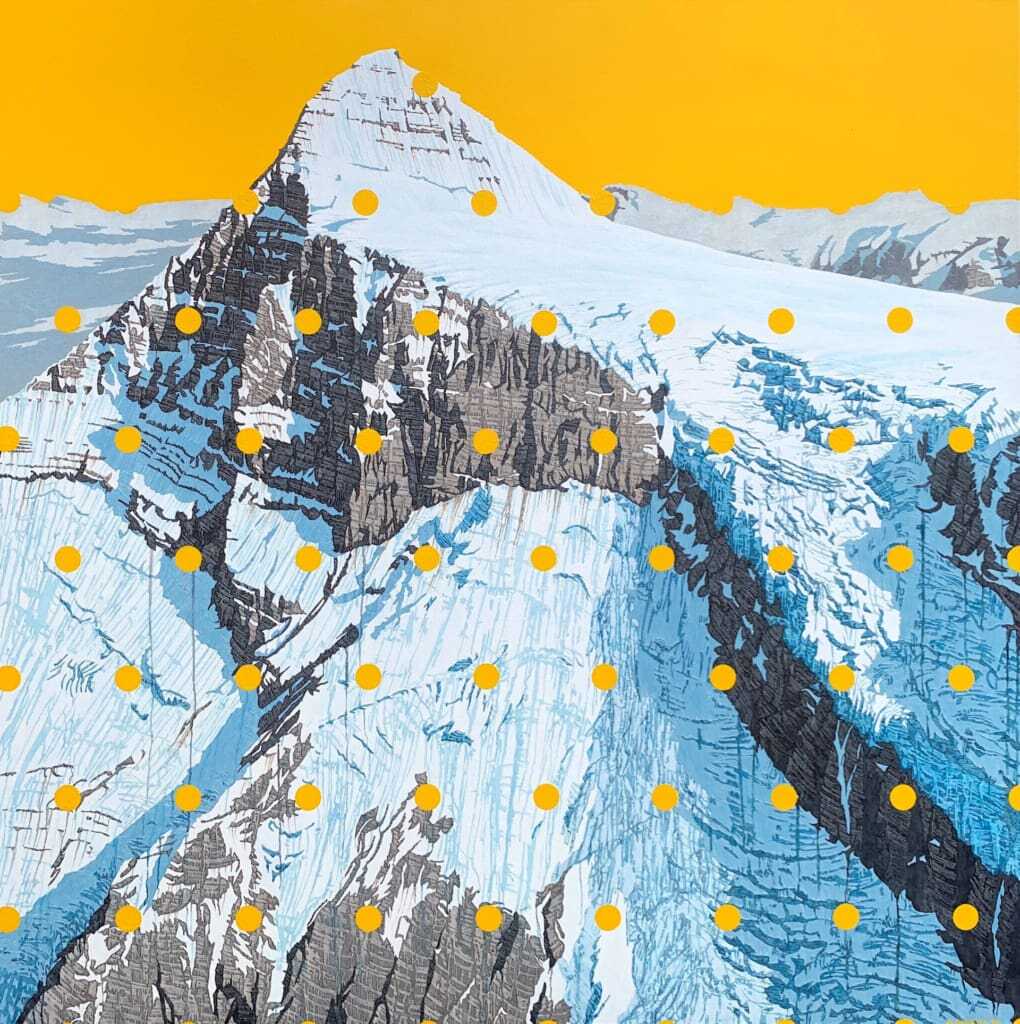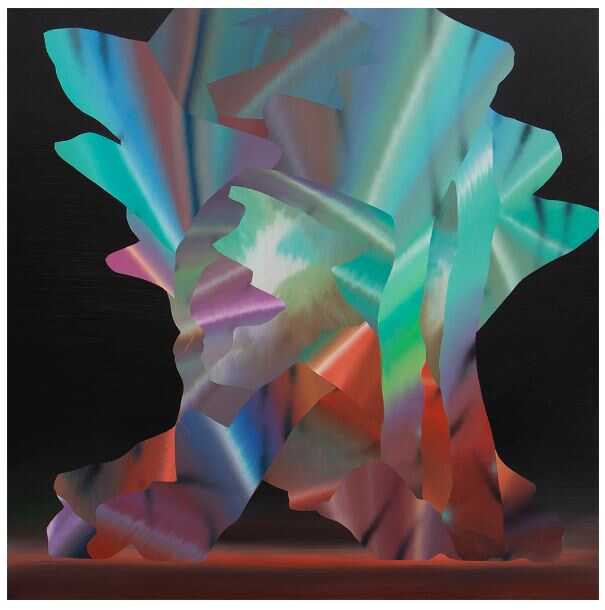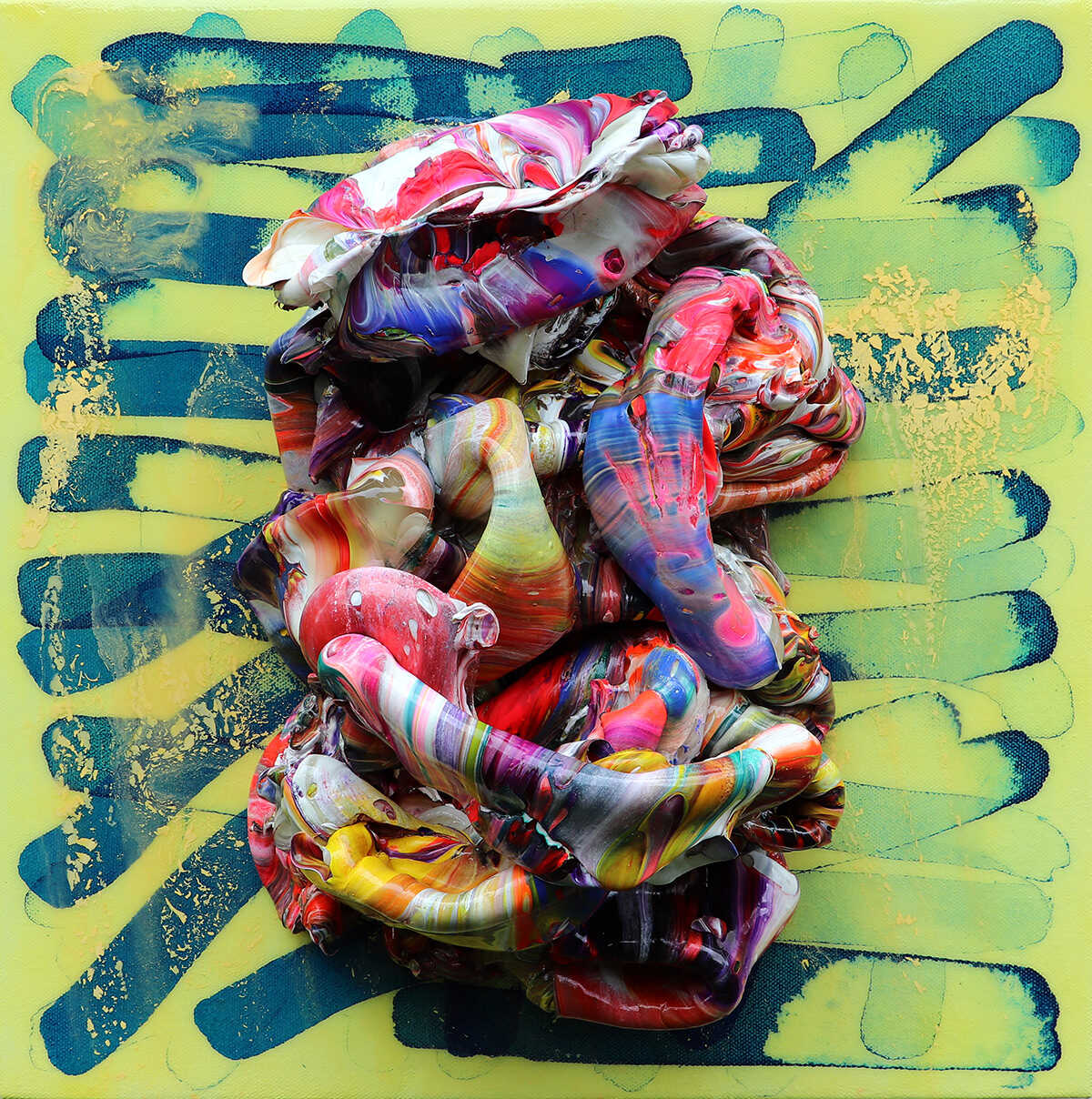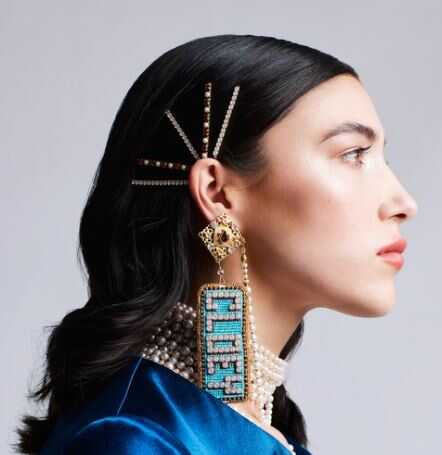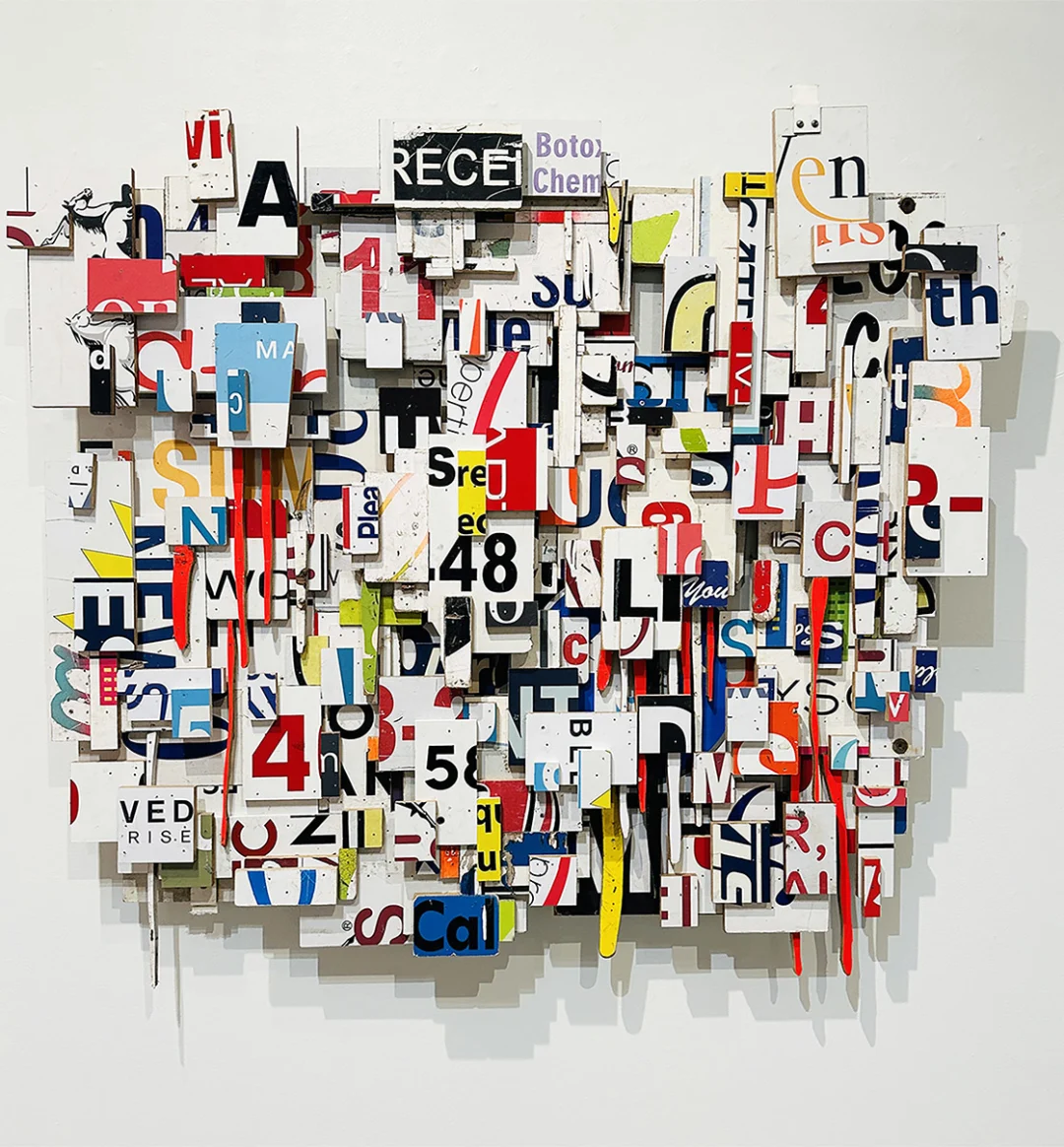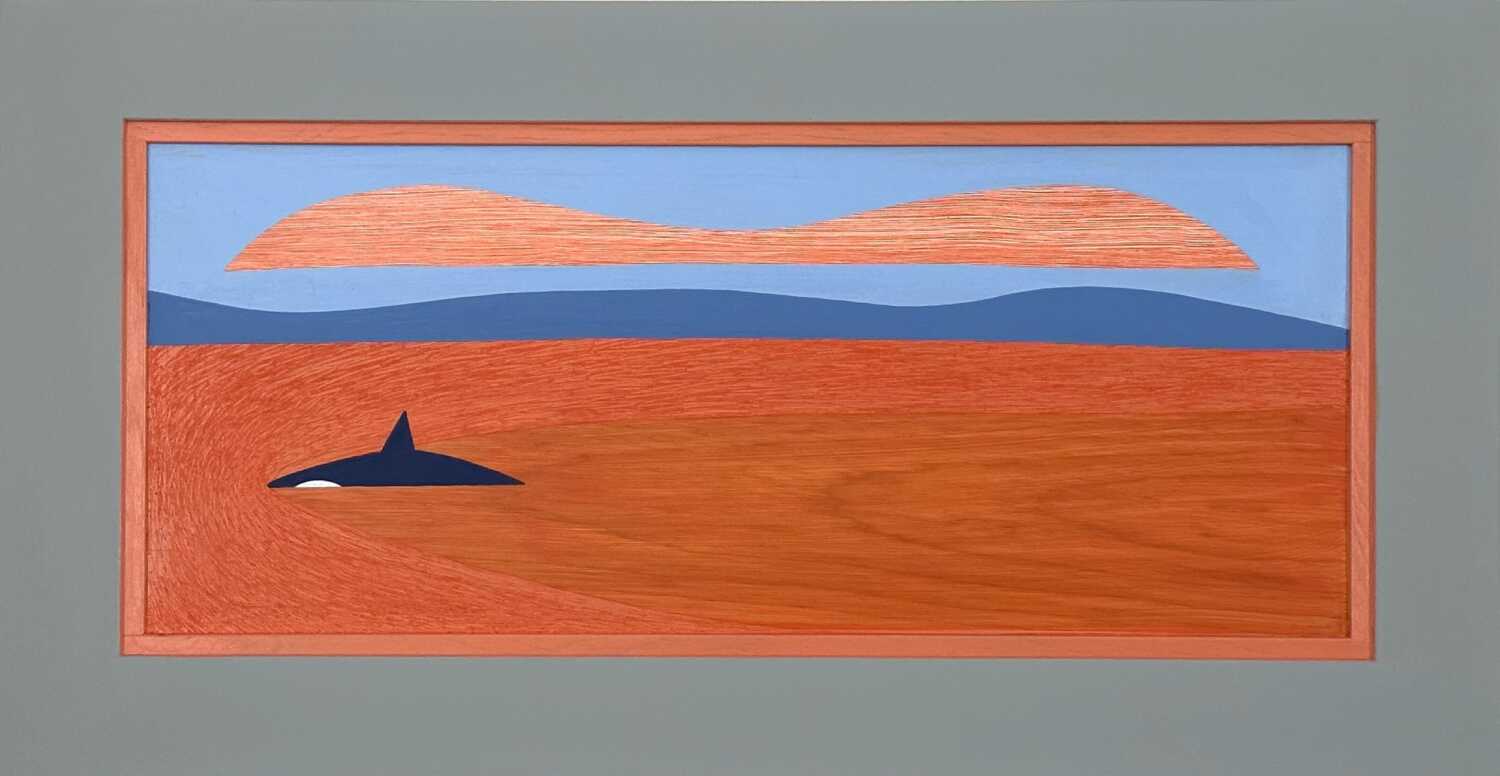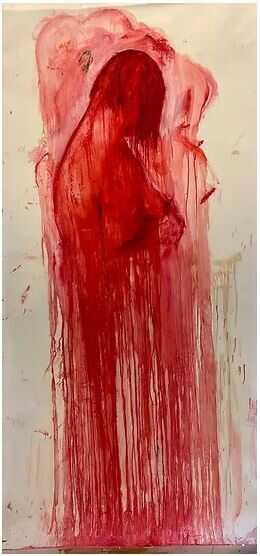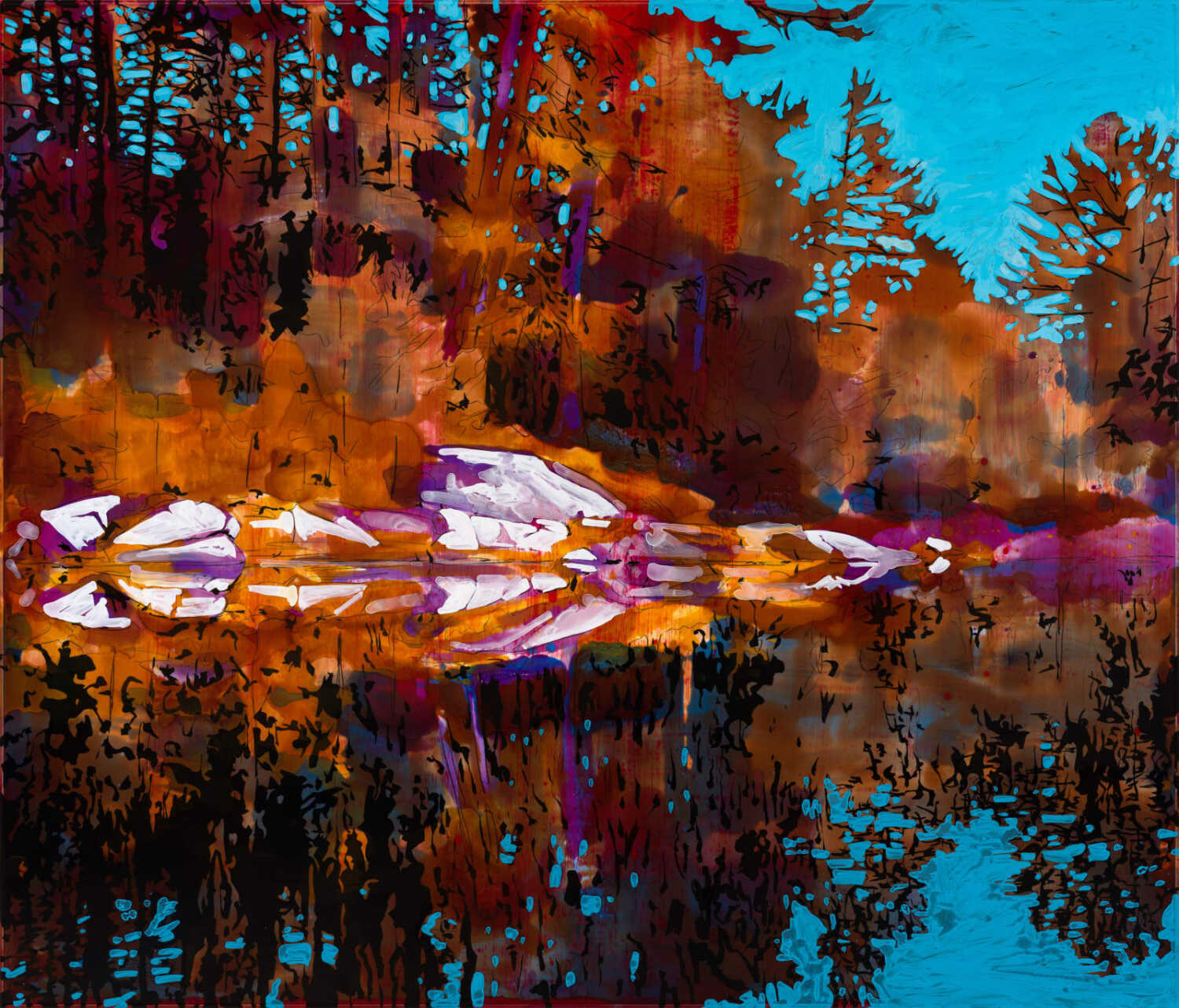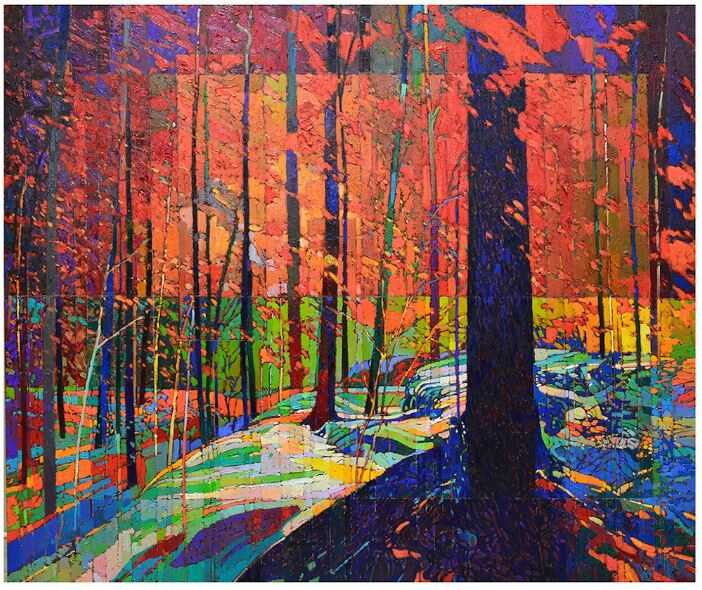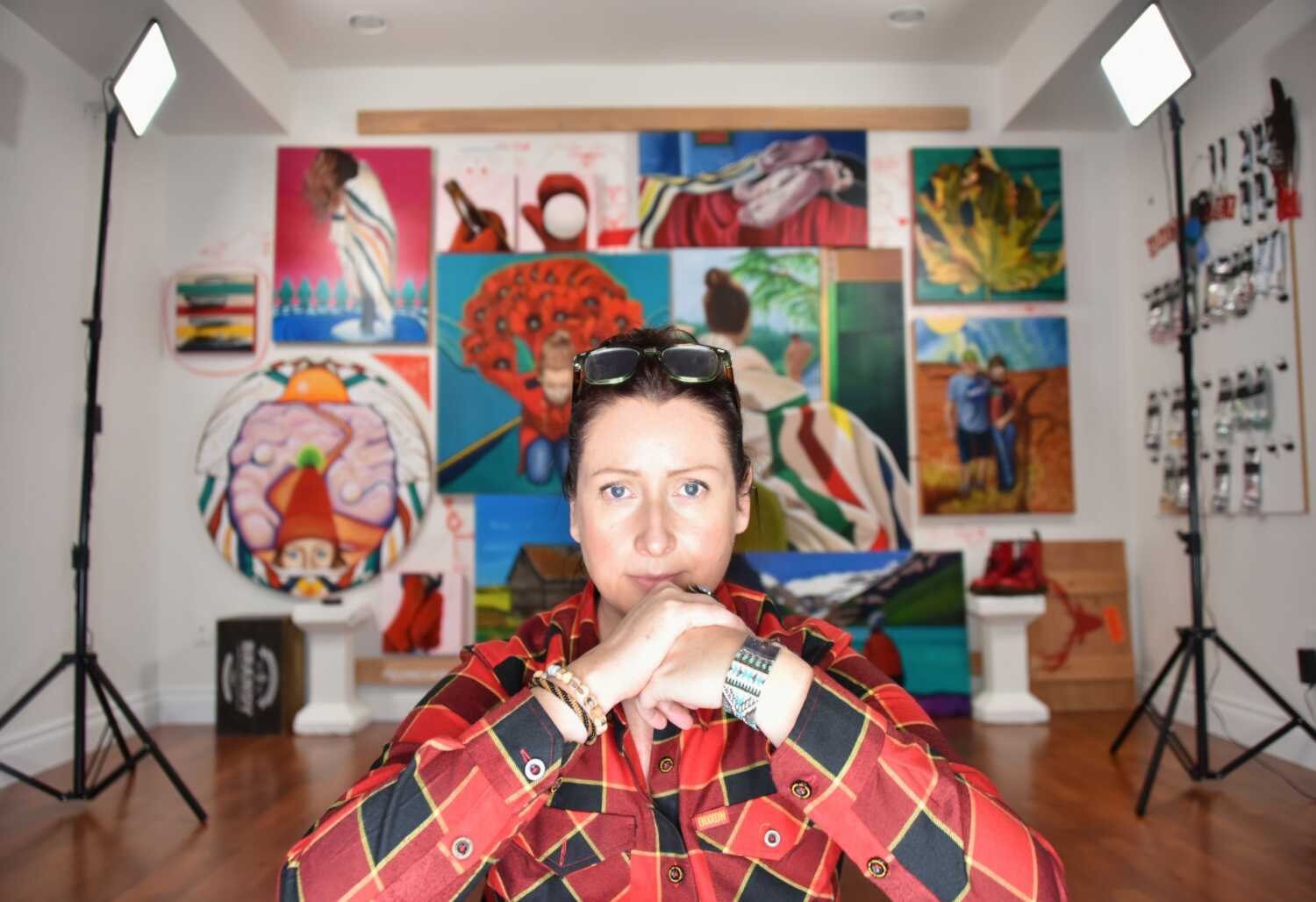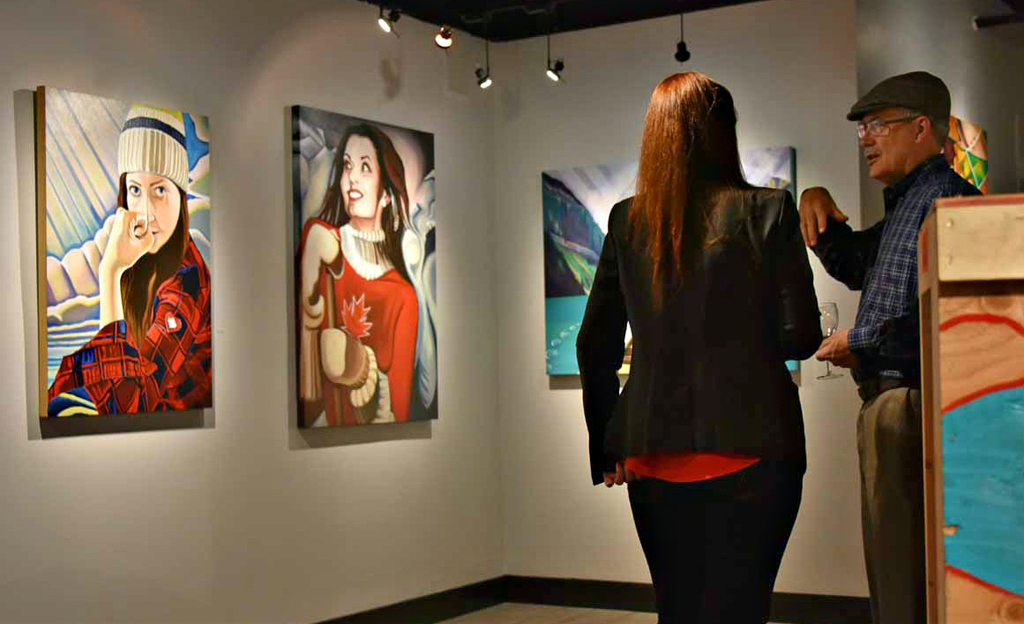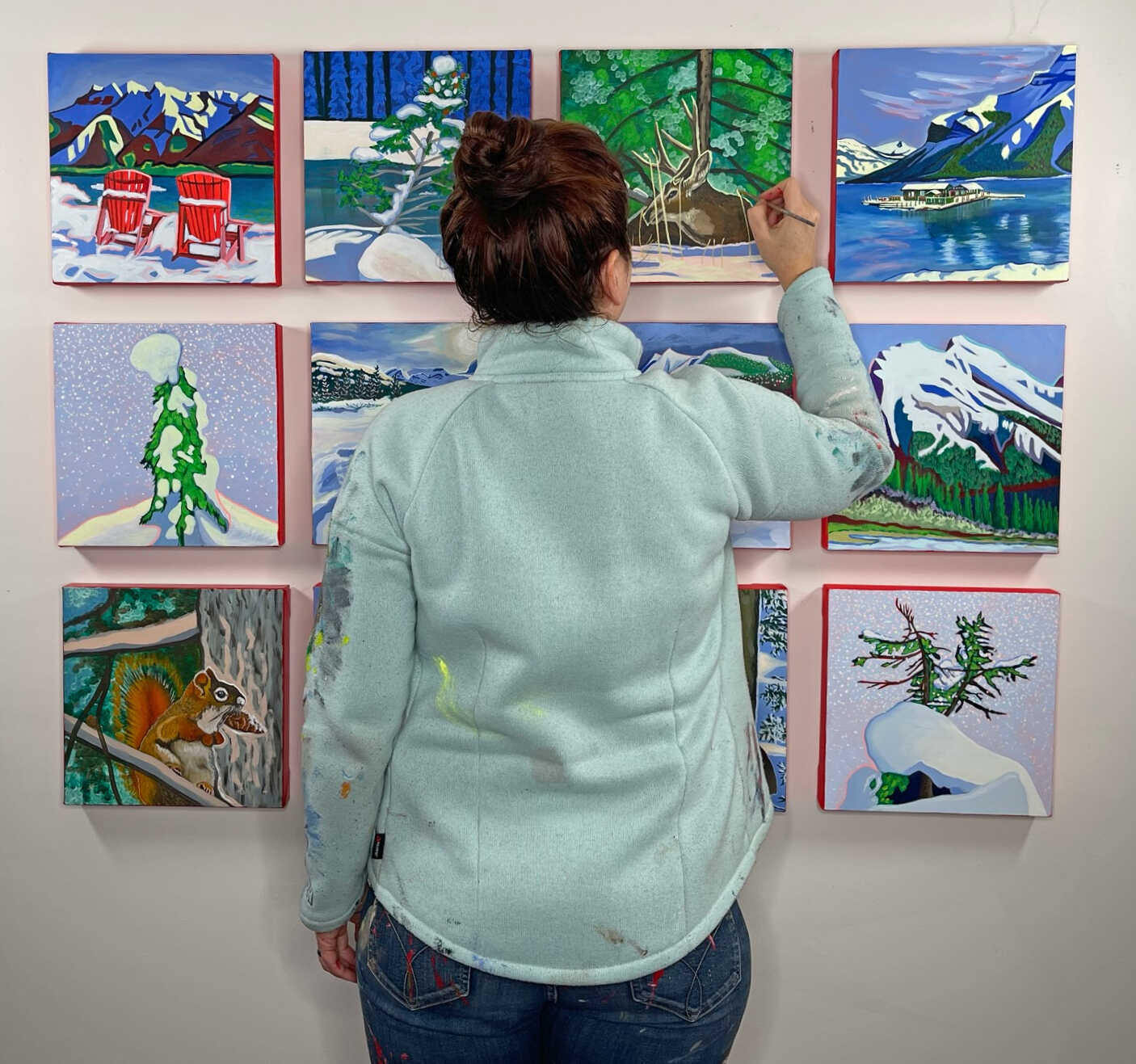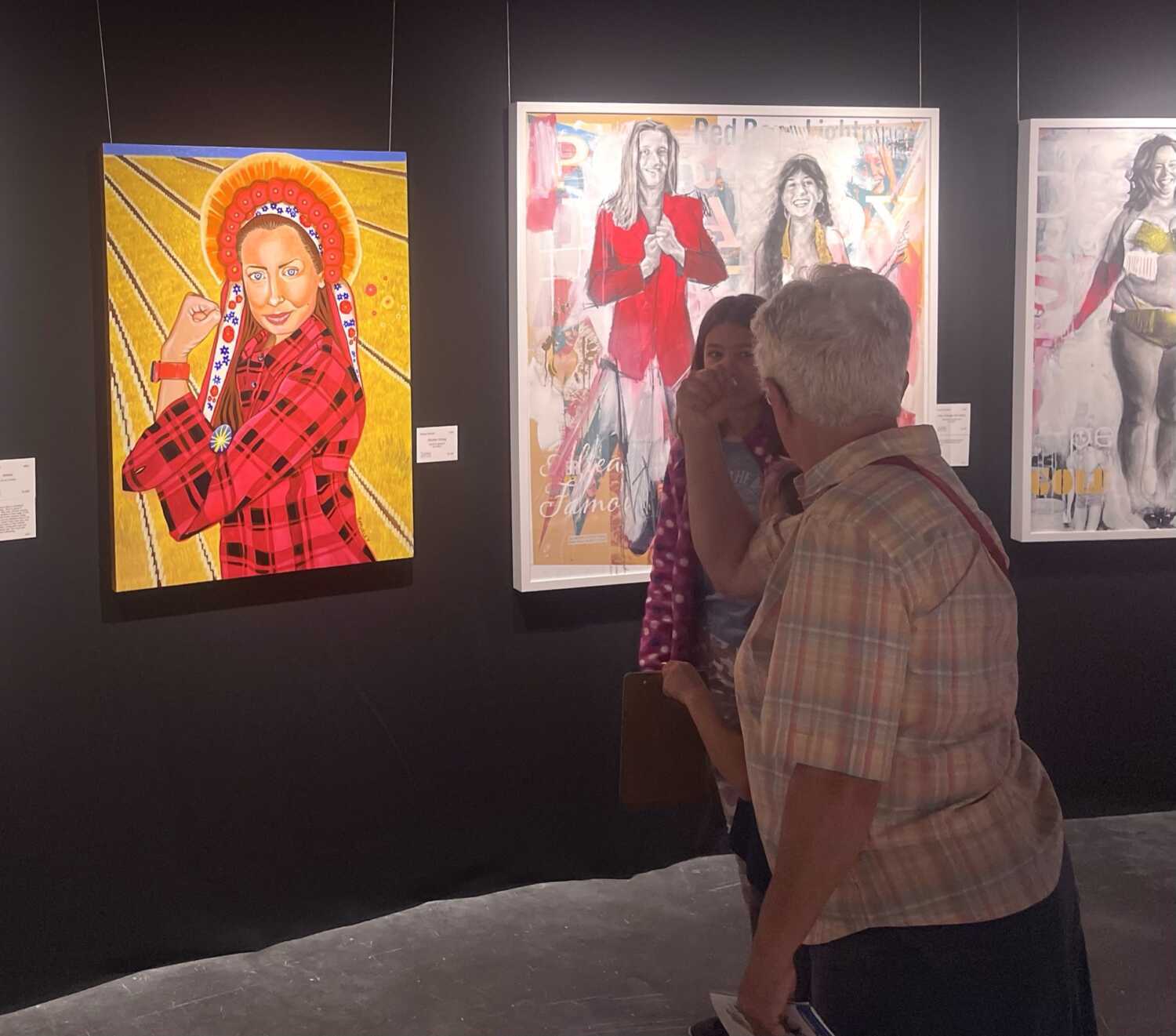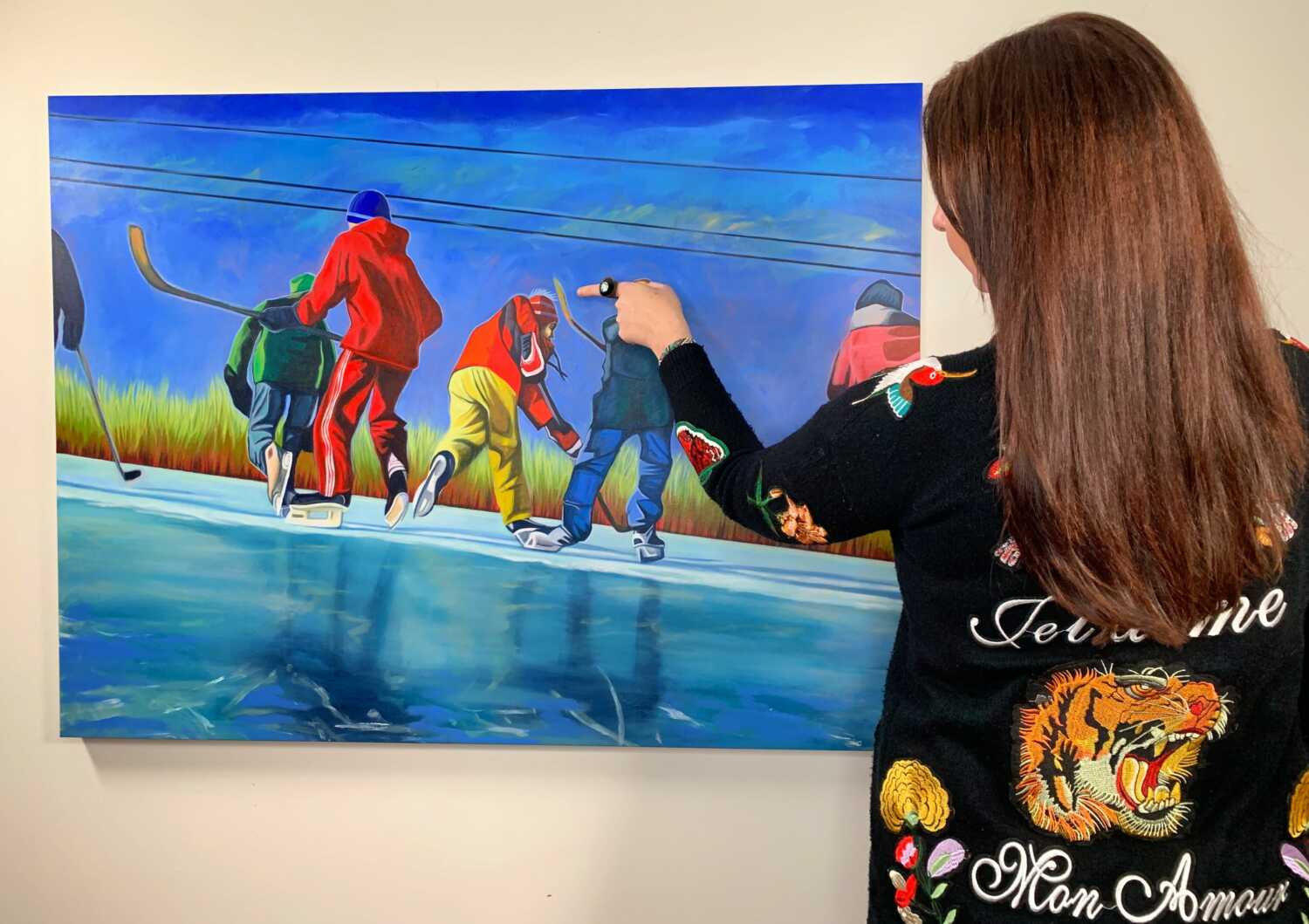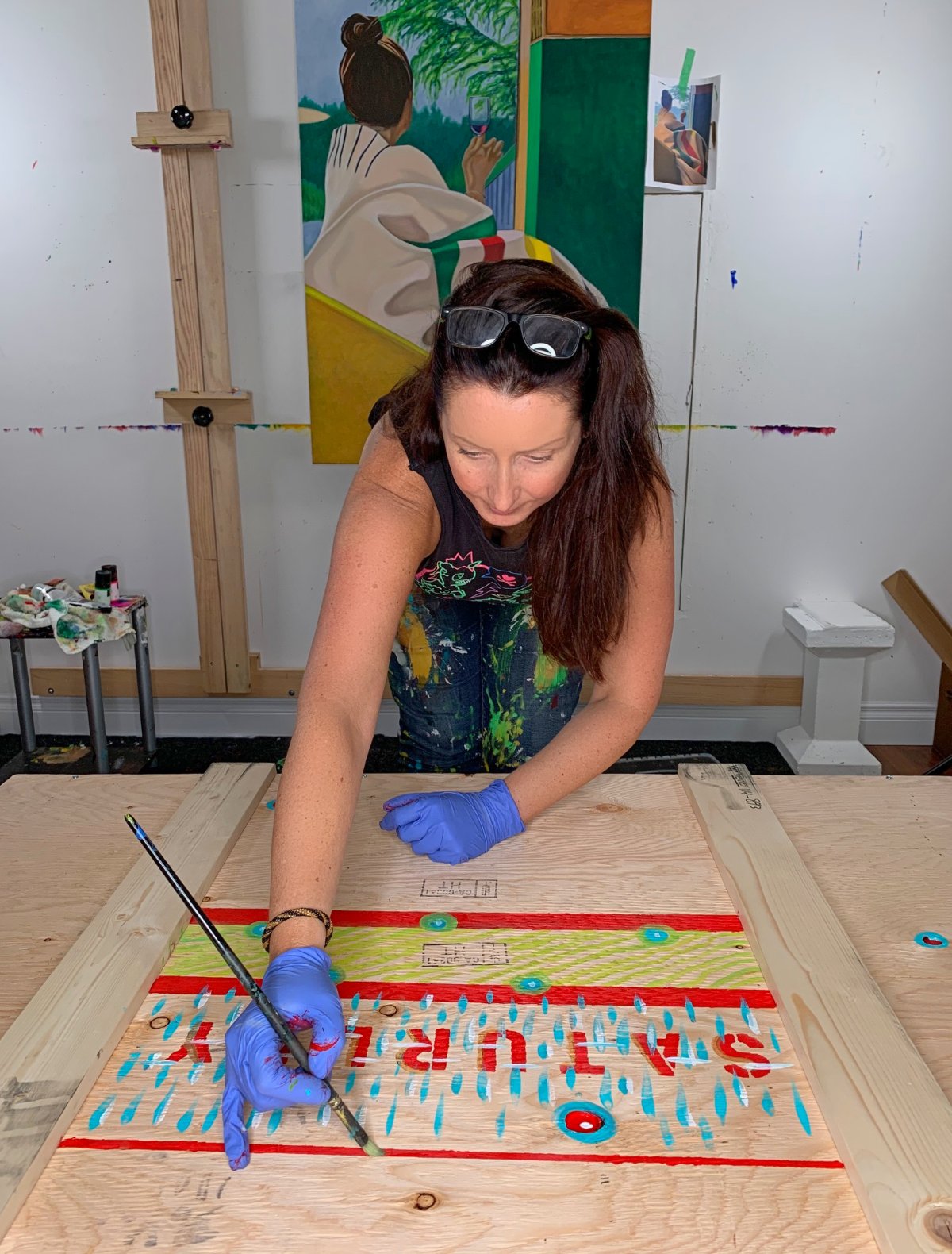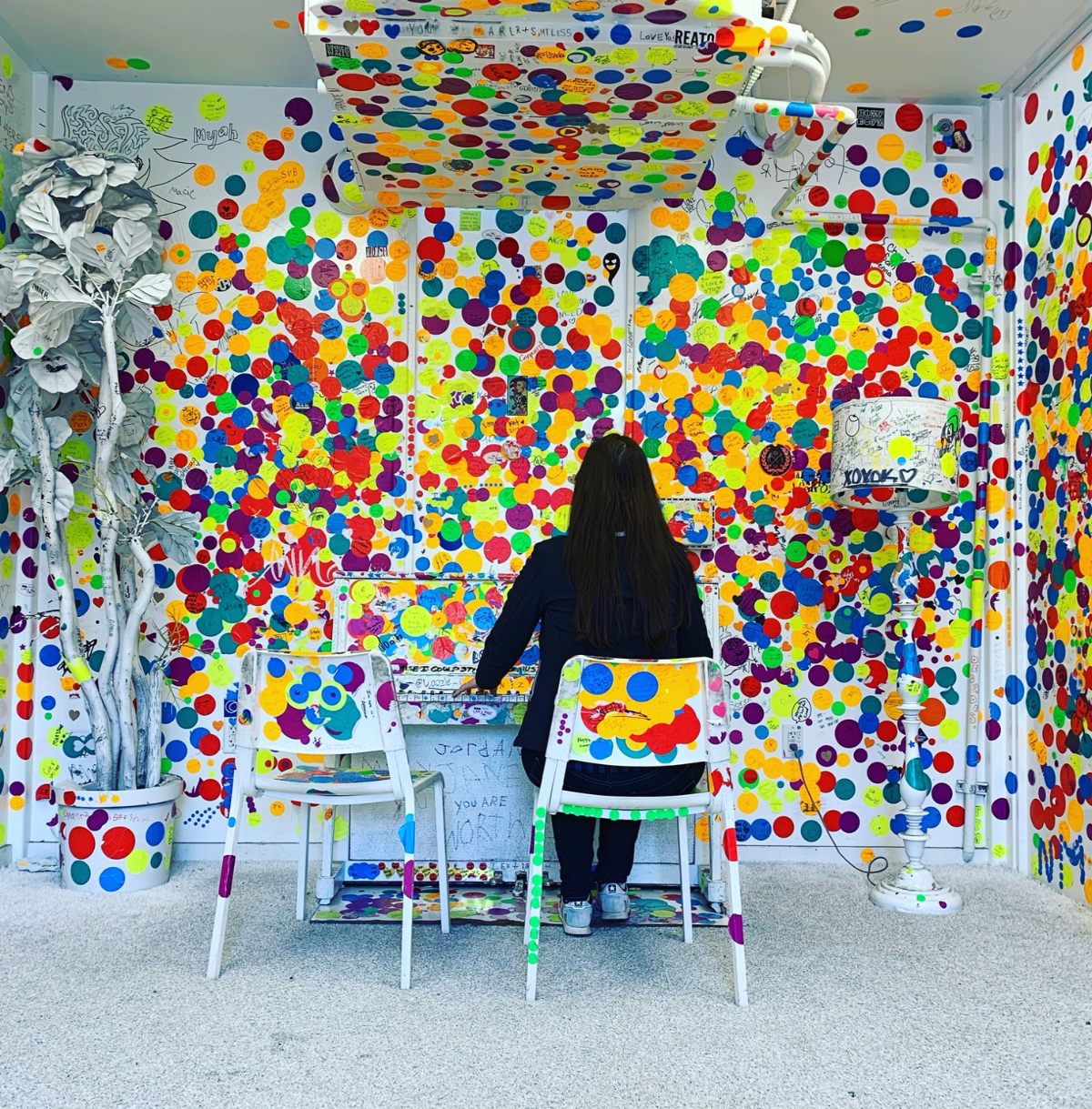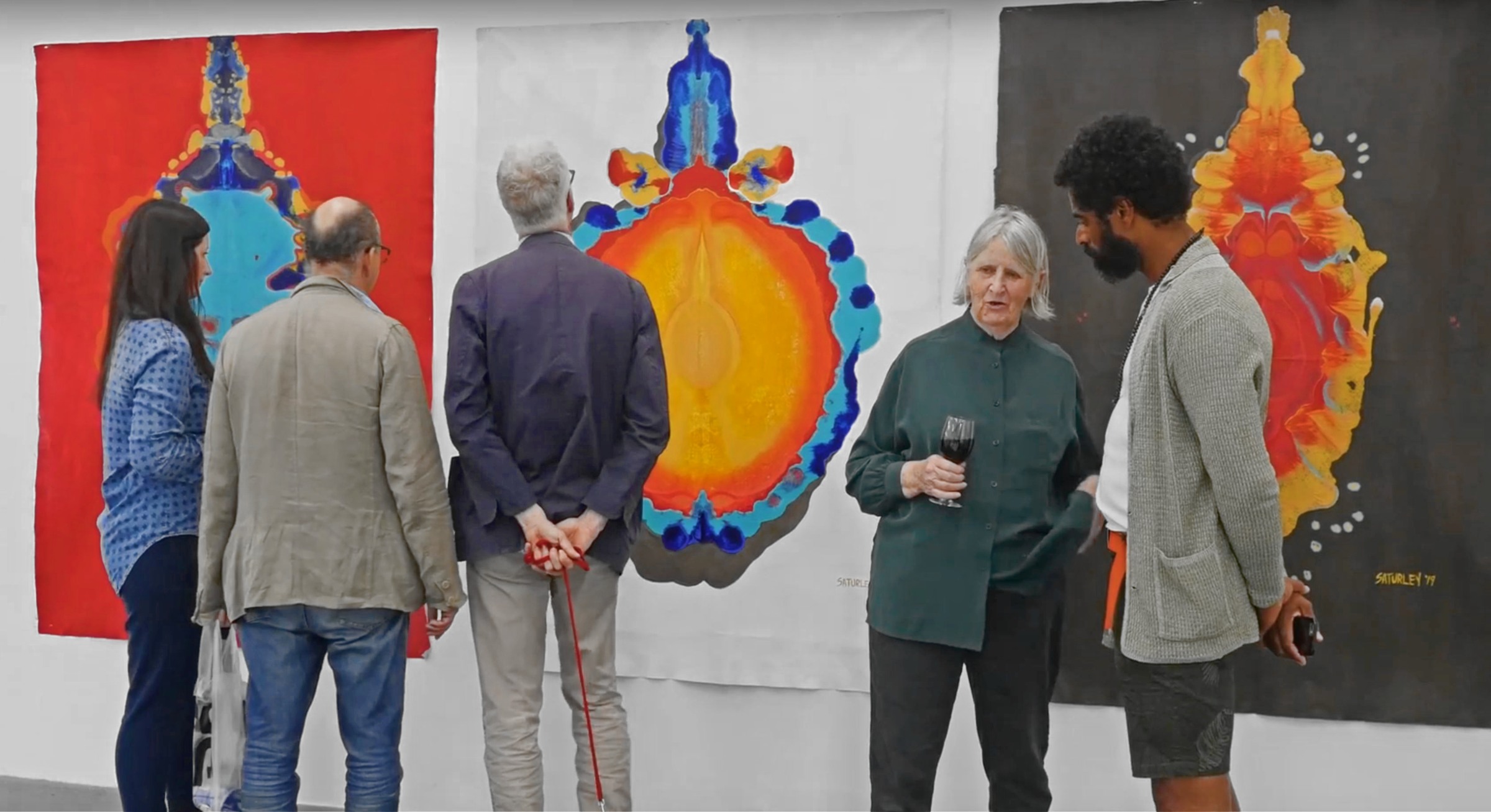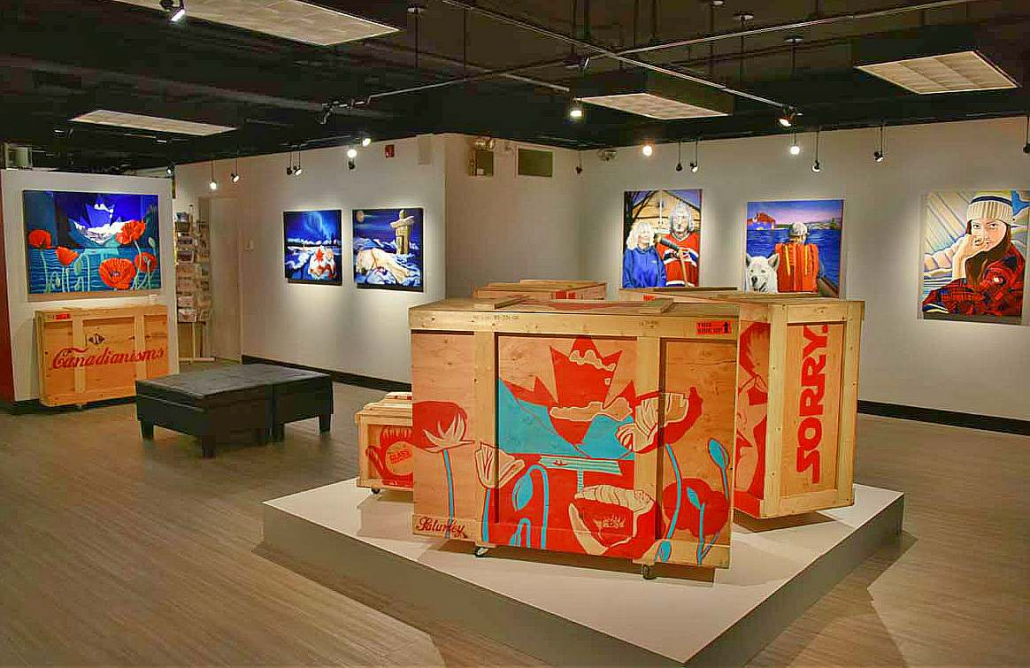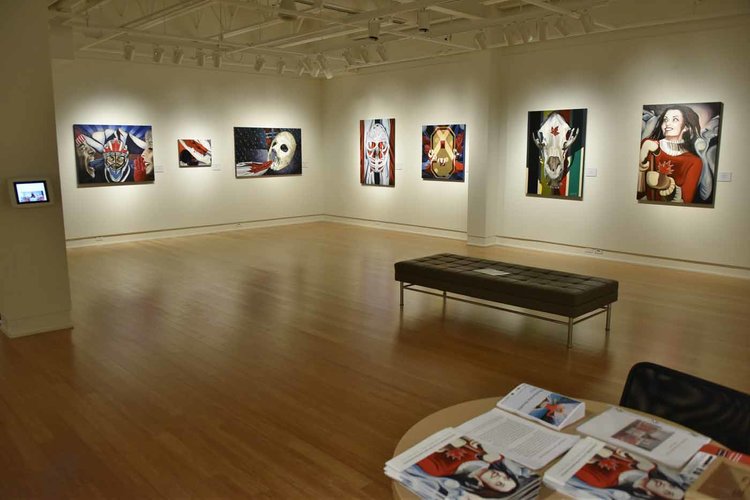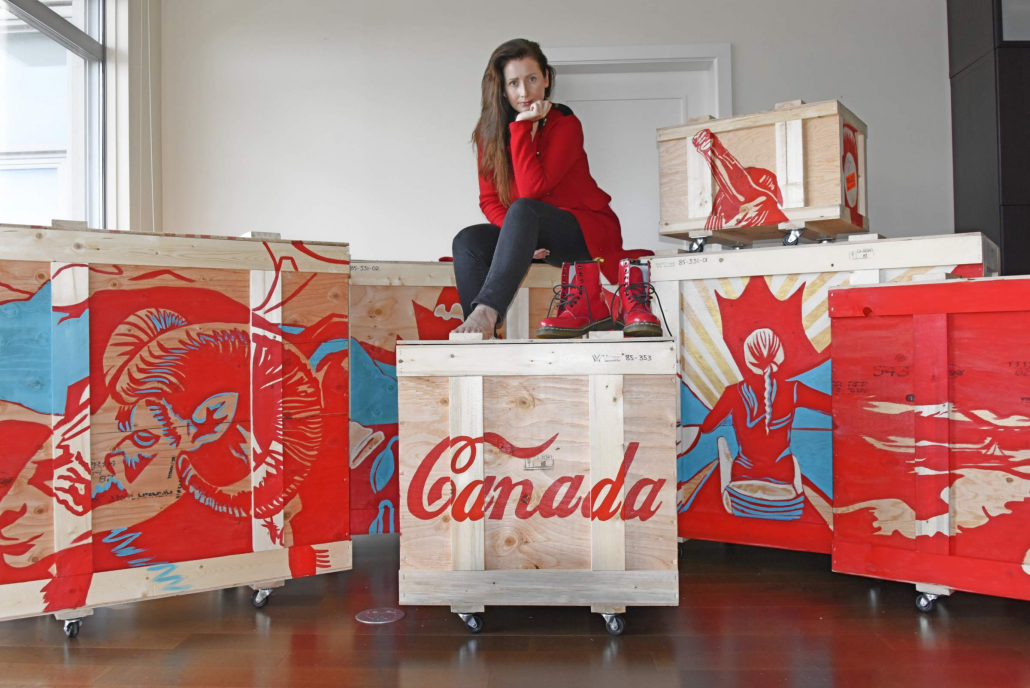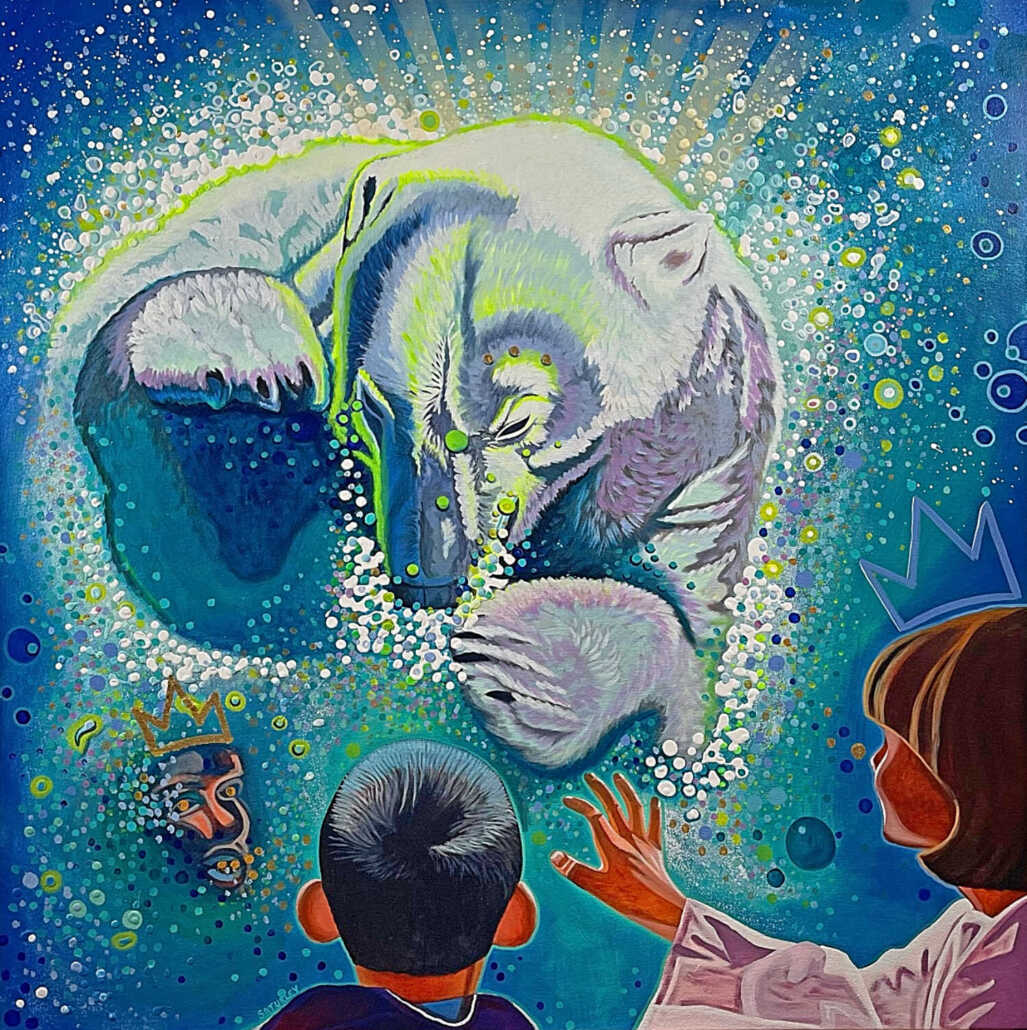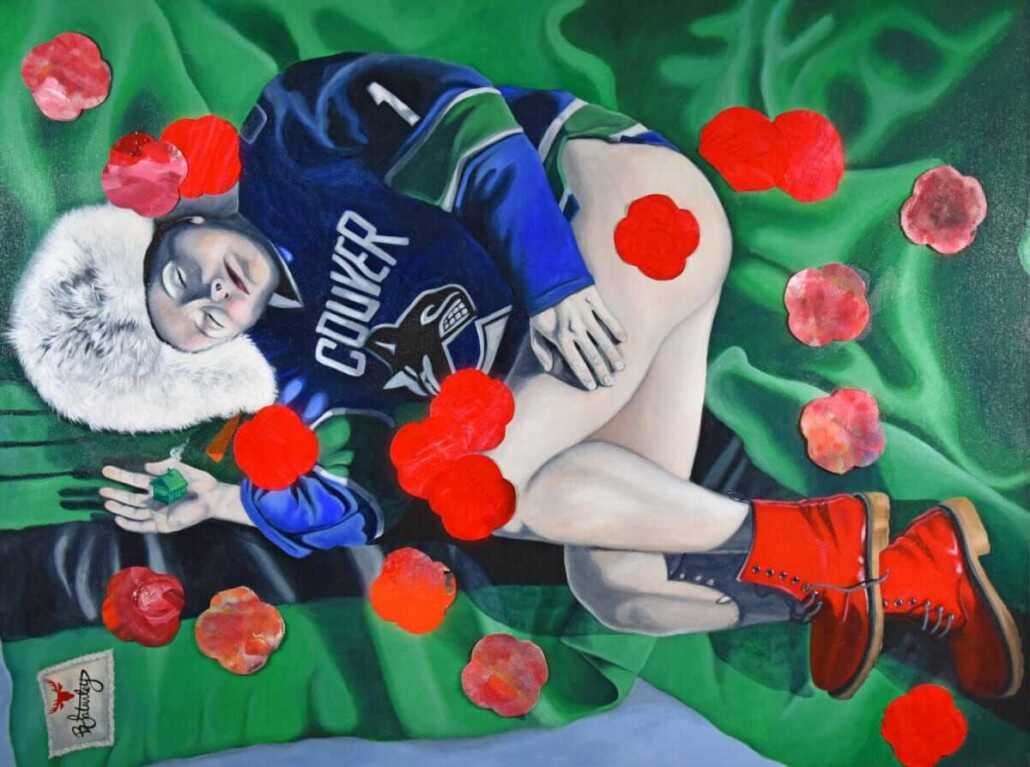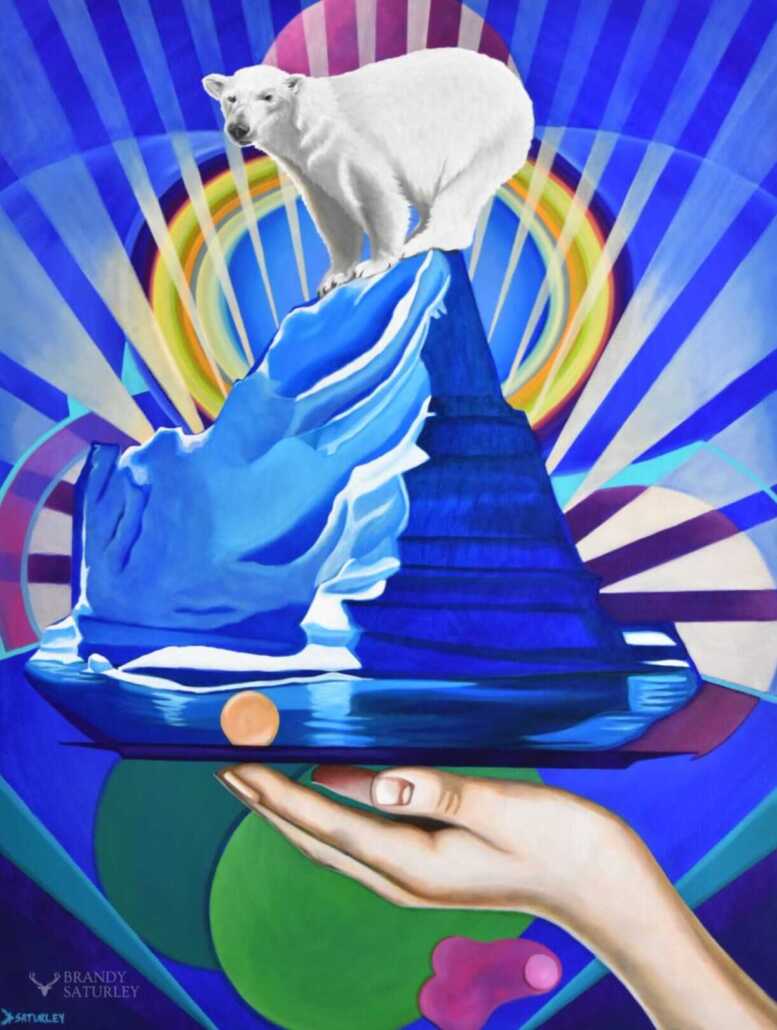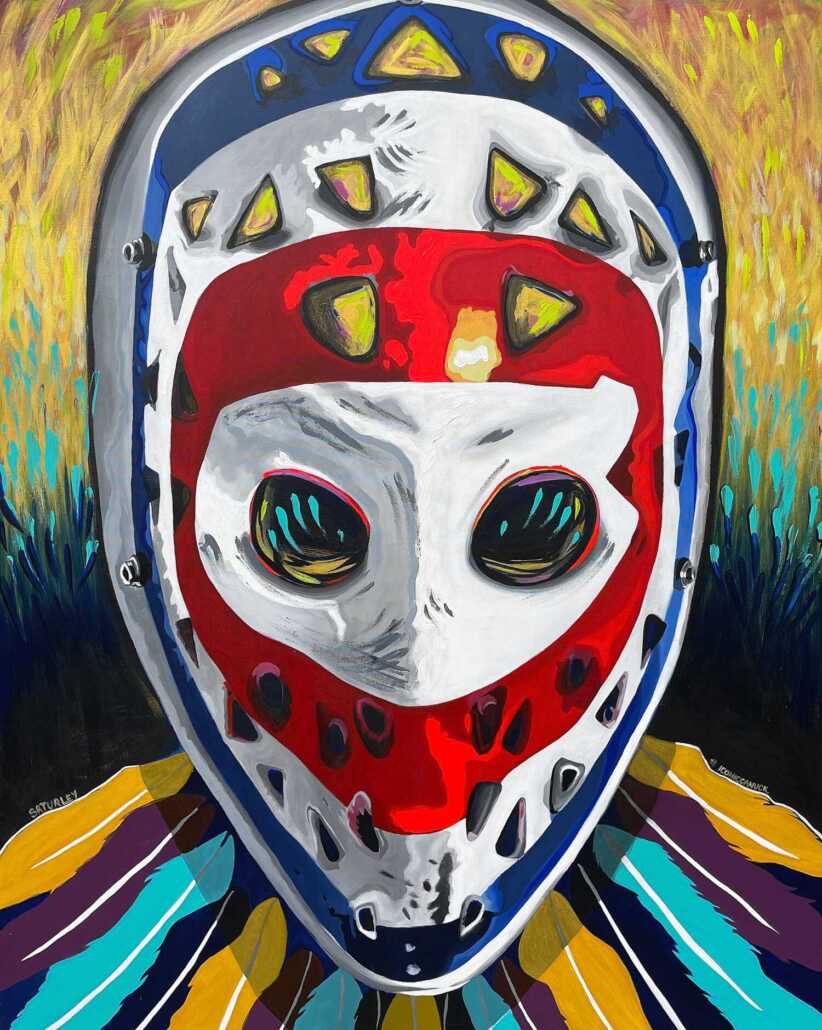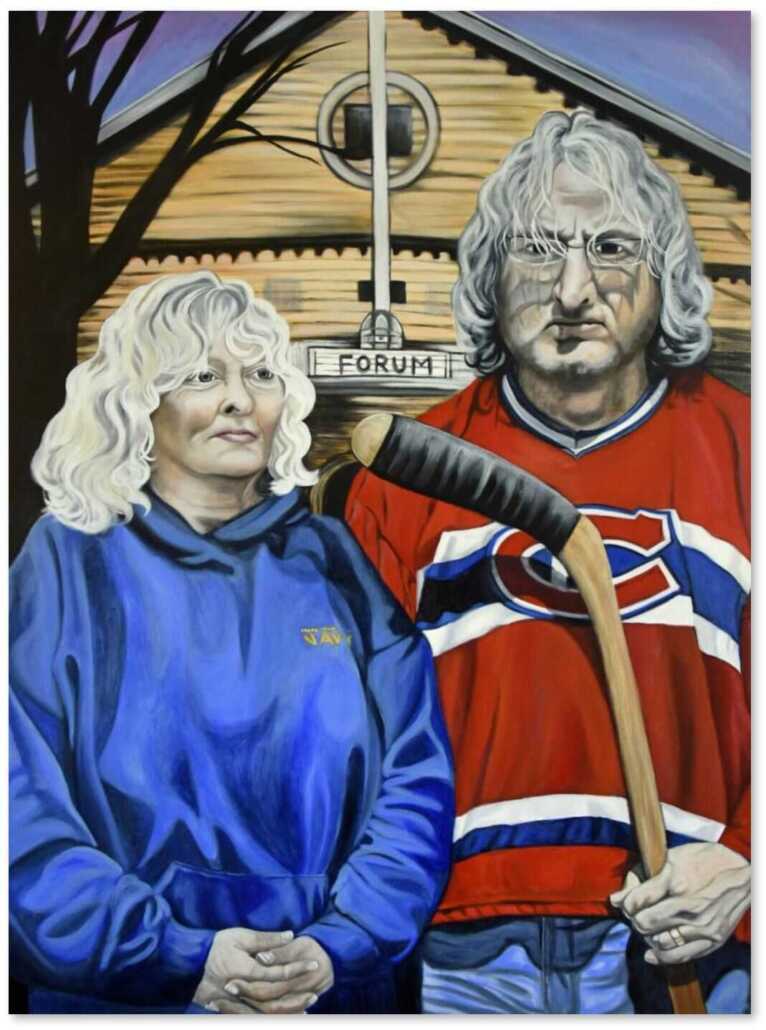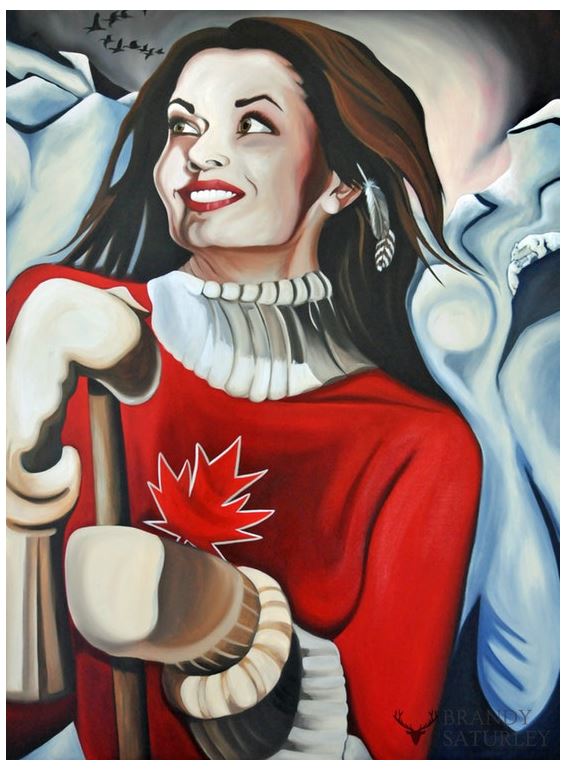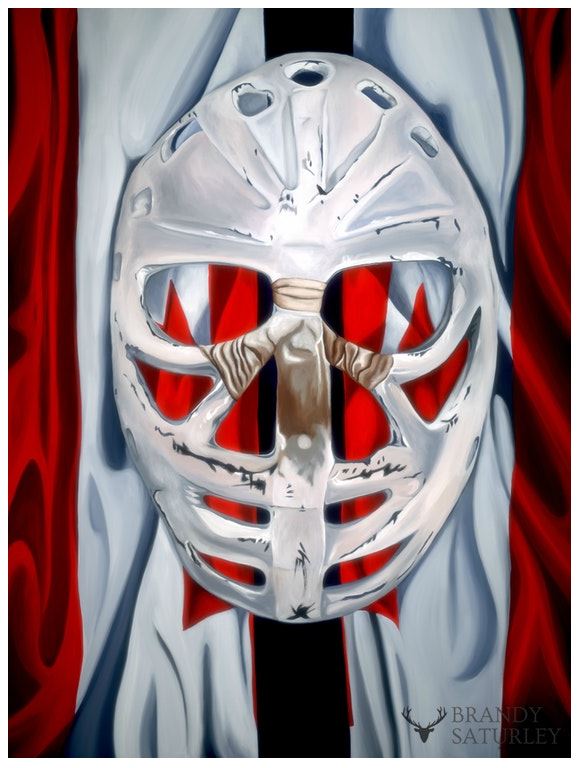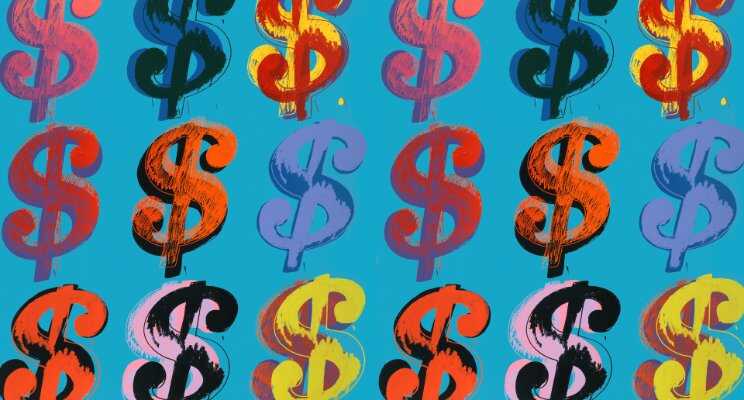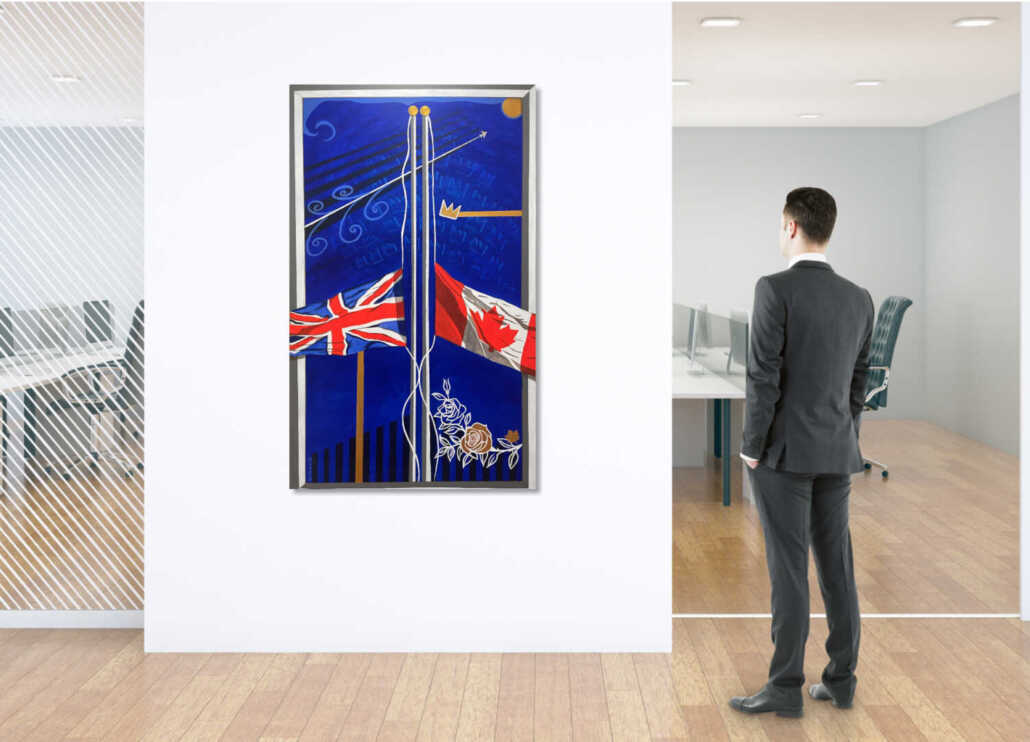The Allure of Art: Why Art Collectors Choose Original Art
Many articles and blogs explore the benefits of collecting original art versus fine art prints and reproductions. Often, these perspectives come from investment advisors, gallerists, art dealers, and art consultants. But what insights do art collectors themselves offer? Why do we as Art Collectors Choose Original Art?
During the pandemic, the CEO of Artsy shared his reasons for collecting original artworks across various mediums. His motivations included the significance of owning a piece of culture, supporting artists directly, and the sheer joy of possessing something uniquely handmade and one-of-a-kind. Above all, the most compelling reason we collect original paintings, sculptures, or photographs is our love for the artwork. We want to have it in our space, to enjoy it every day, and to share its beauty with friends, family, and guests.
The Psychological Appeal
From a psychological standpoint, collecting can provide life support over time, act as a means of trading, form a basis for community and communication, serve as a stockpile of wealth, and become a mechanism for self-identity and expression. Collections inform, educate, offer emotional comfort and security, and mark our lives in personally meaningful ways. The human process of collecting is fundamentally consistent, whether it’s fine art or pop star memorabilia. Collecting is a basic human instinct that has enhanced our evolution, offering both material and emotional value to individuals and communities. This modern view of collecting acknowledges its natural human roots, influenced by economics, social structures, education, fashion, and personal history.
If you ask a psychiatrist about the drive to collect, one aspect might be an addictive personality. There’s also the incremental cultural value—owning a painting, along with its preliminary sketches and studies, can feel like piecing together the life of the artwork, which hints at a compulsive desire to complete a narrative.
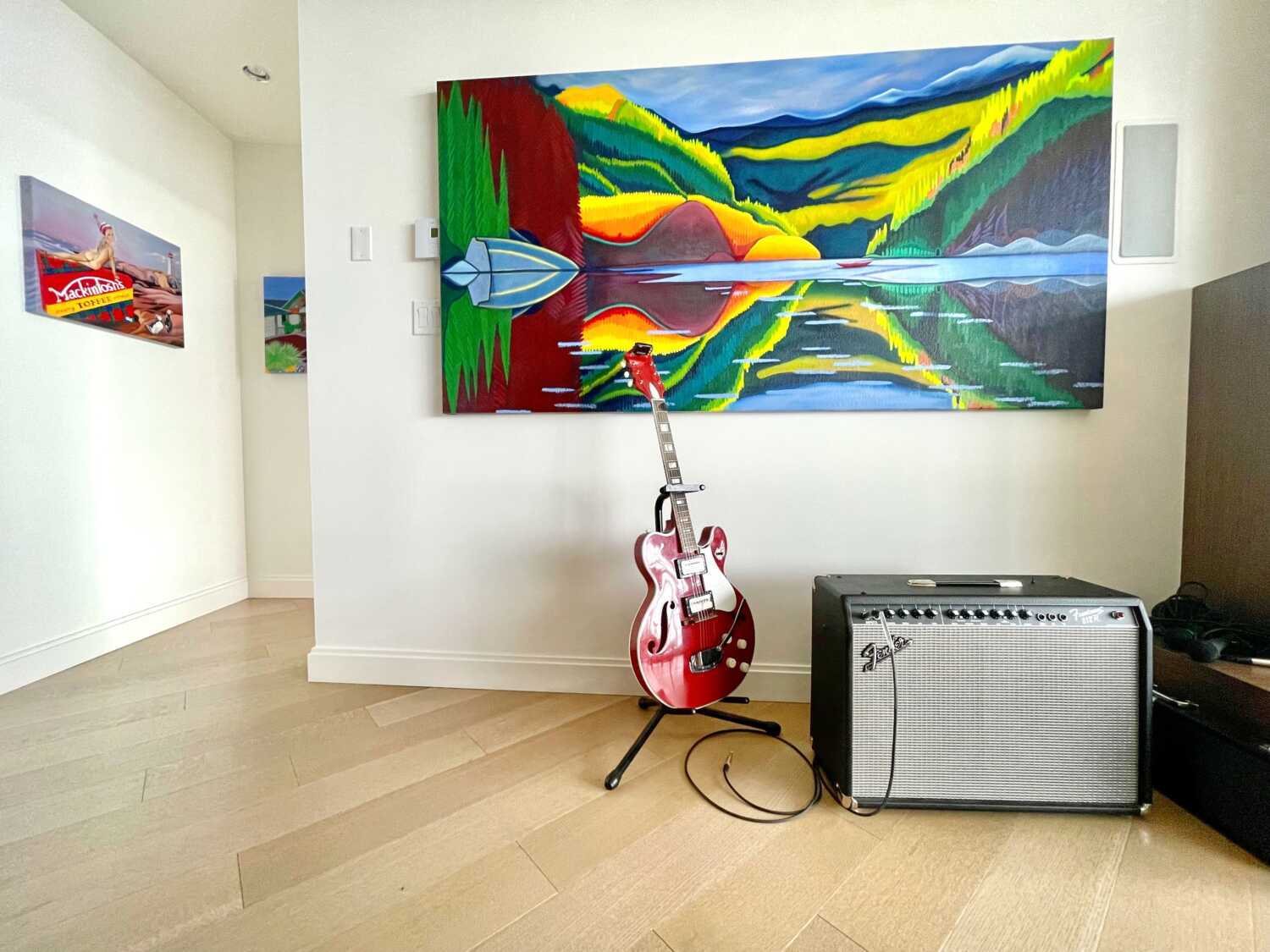
Art Collector’s Homes – Canadian Art Collection – paintings by Brandy Saturley
Art as an Investment
When art collectors are asked why they buy art, the primary reasons include building a collection, decorating homes or spaces, supporting artists, and finding inspiration and joy. Fewer collectors mention purchasing art purely as an investment, although this is an increasing trend. Art is gaining recognition as a stable alternative asset class, especially in times of economic volatility.
In essence, collecting original art is about passion, connection, and the human desire to own something truly unique. It’s about enriching our lives with beauty, supporting the creators, and finding a sense of personal and cultural fulfillment.
10 Reasons to Choose Original Art
- It’s an investment that not only benefits you, but directly supports someone else
- The importance of ownership of your own culture
- You are tired of throwing money away on depreciating assets
- You Love Art
- You Love The Artist and want to see them do well
- You are addicted to collecting things
- You want to own something that only you can
- It’s an extension of yourself, and expression of your inner creativity
- It’s beautiful and you love beauty
- You can’t explain it, you just know that you can’t go through life without having the artwork in your home
Want to share your reasons for collecting original artworks? Reach out here.

